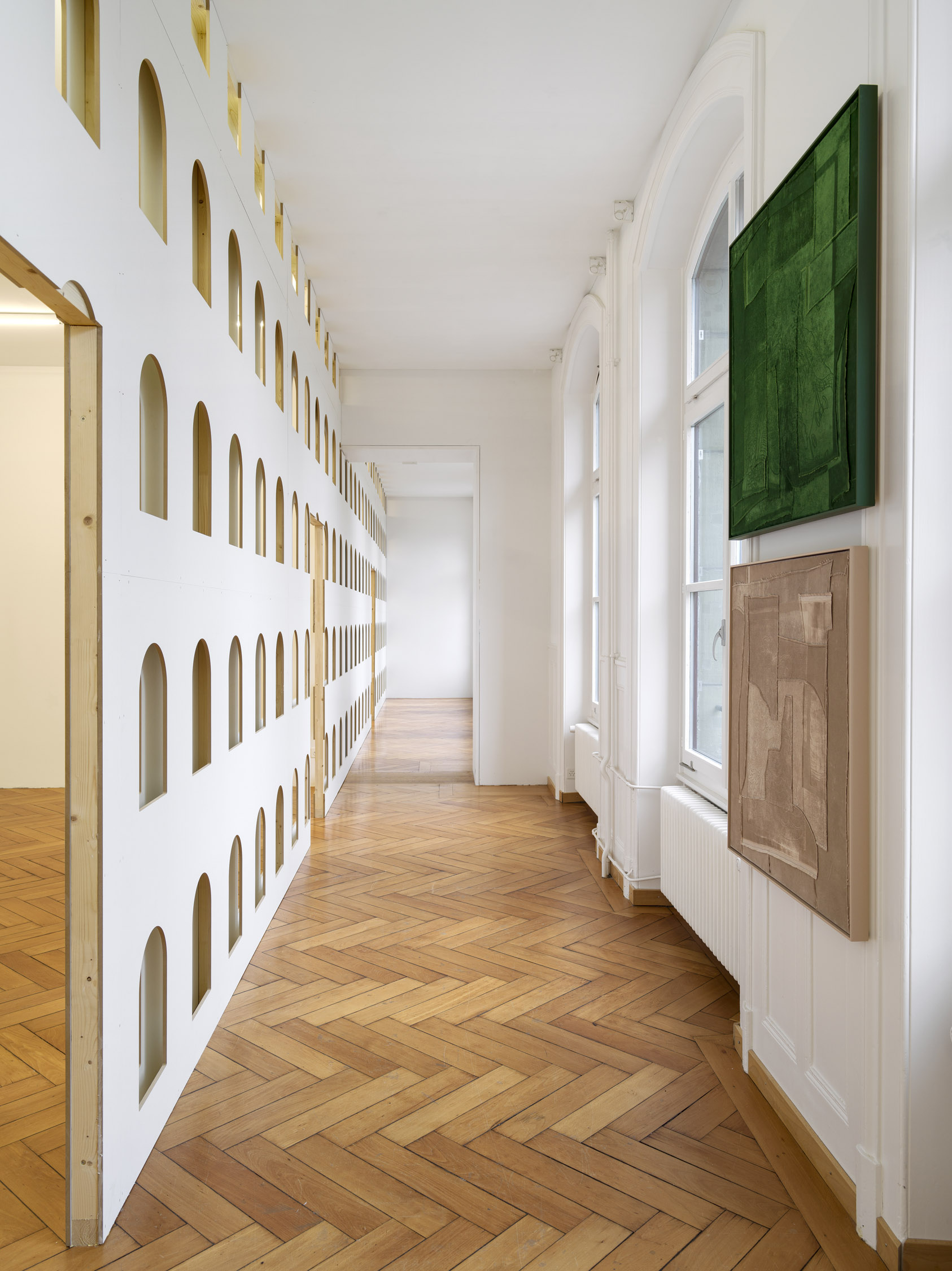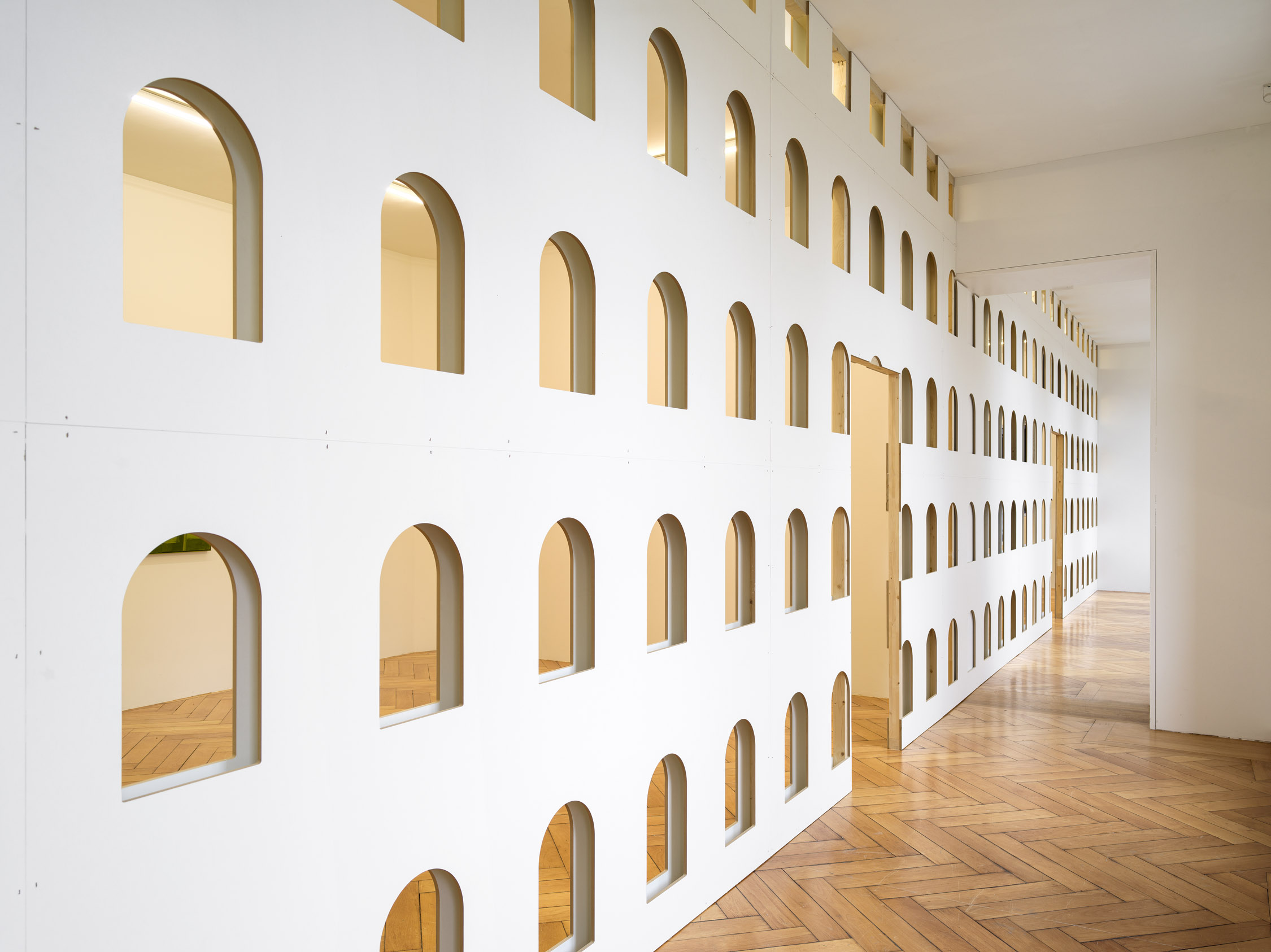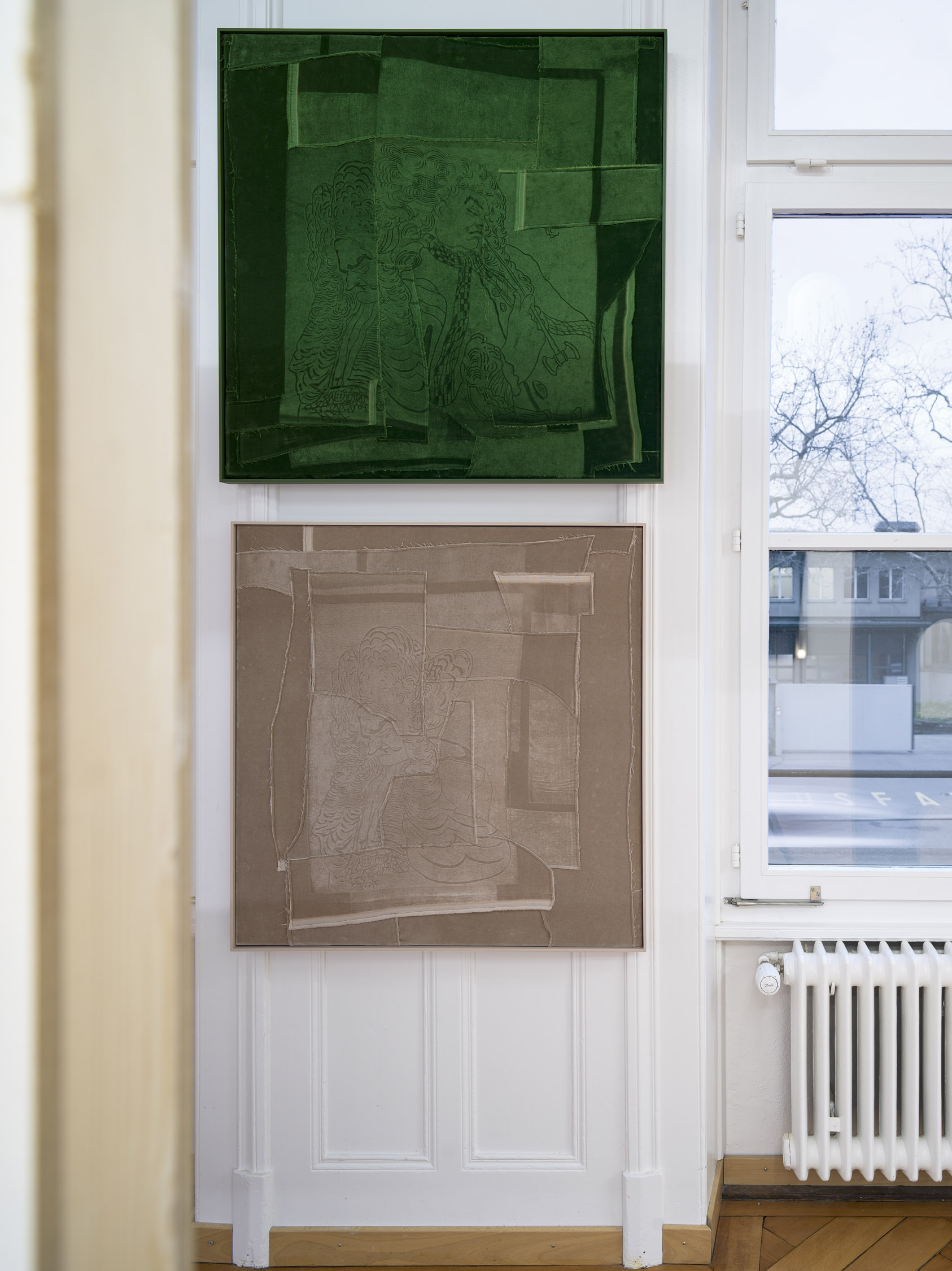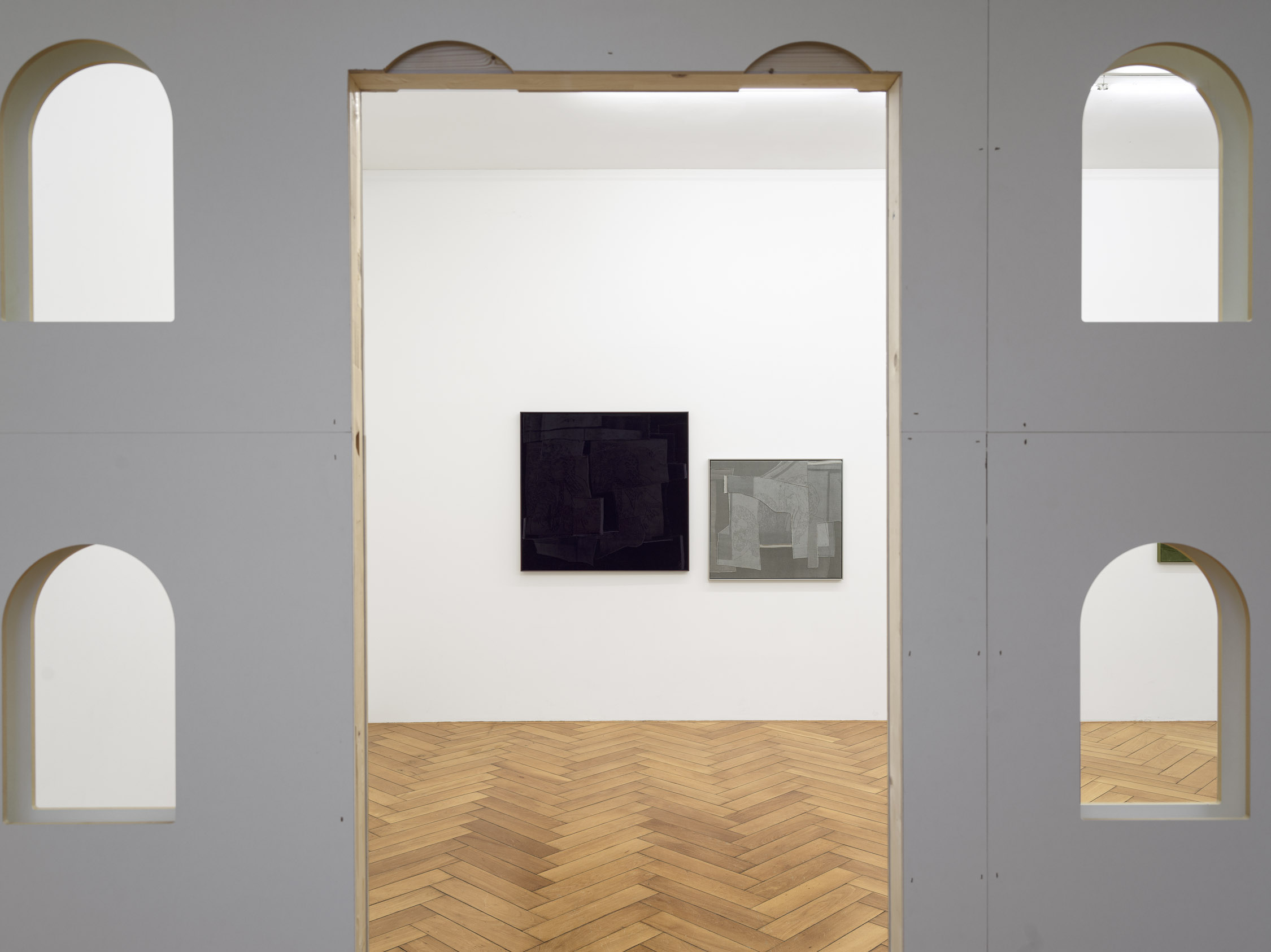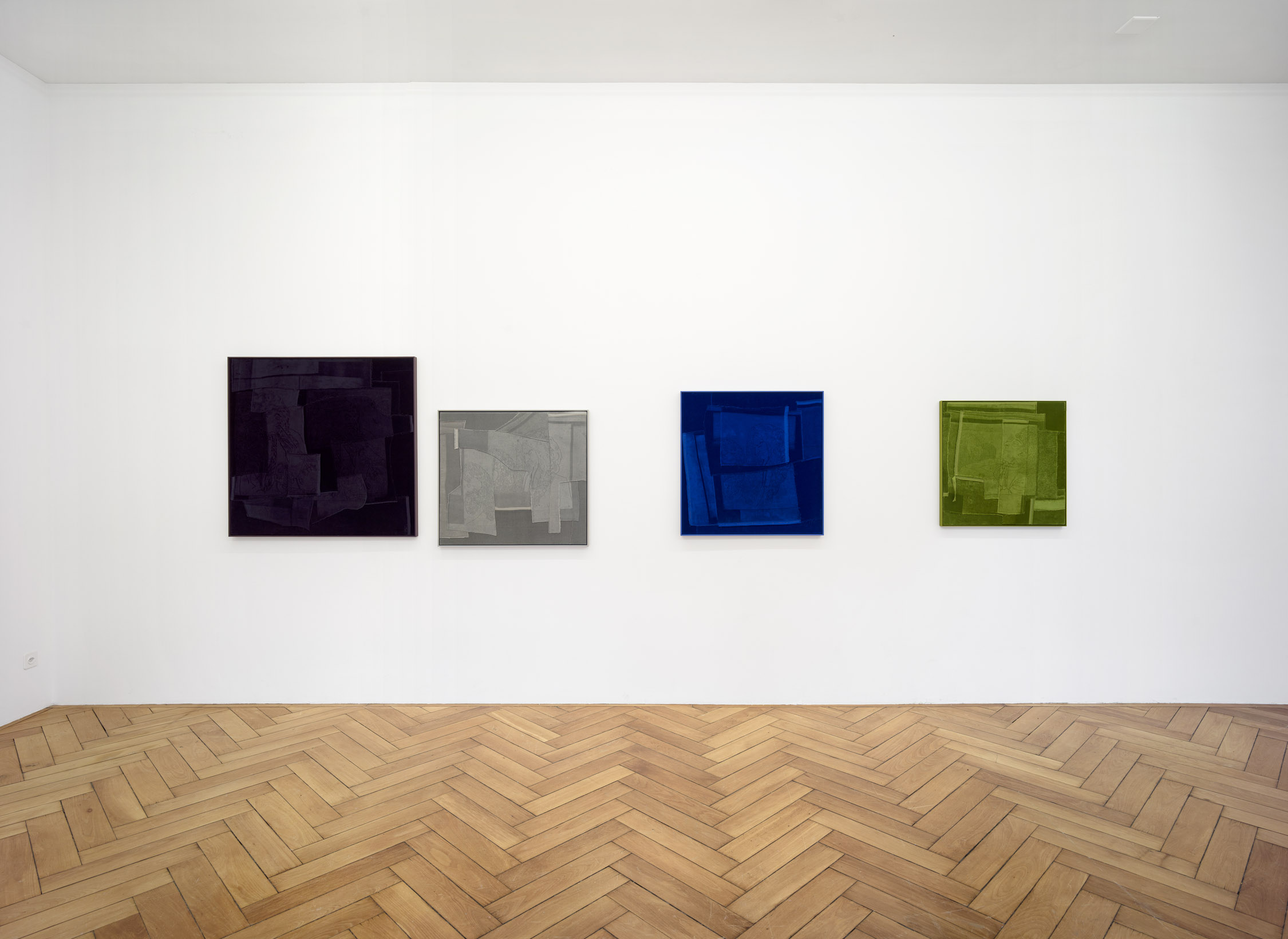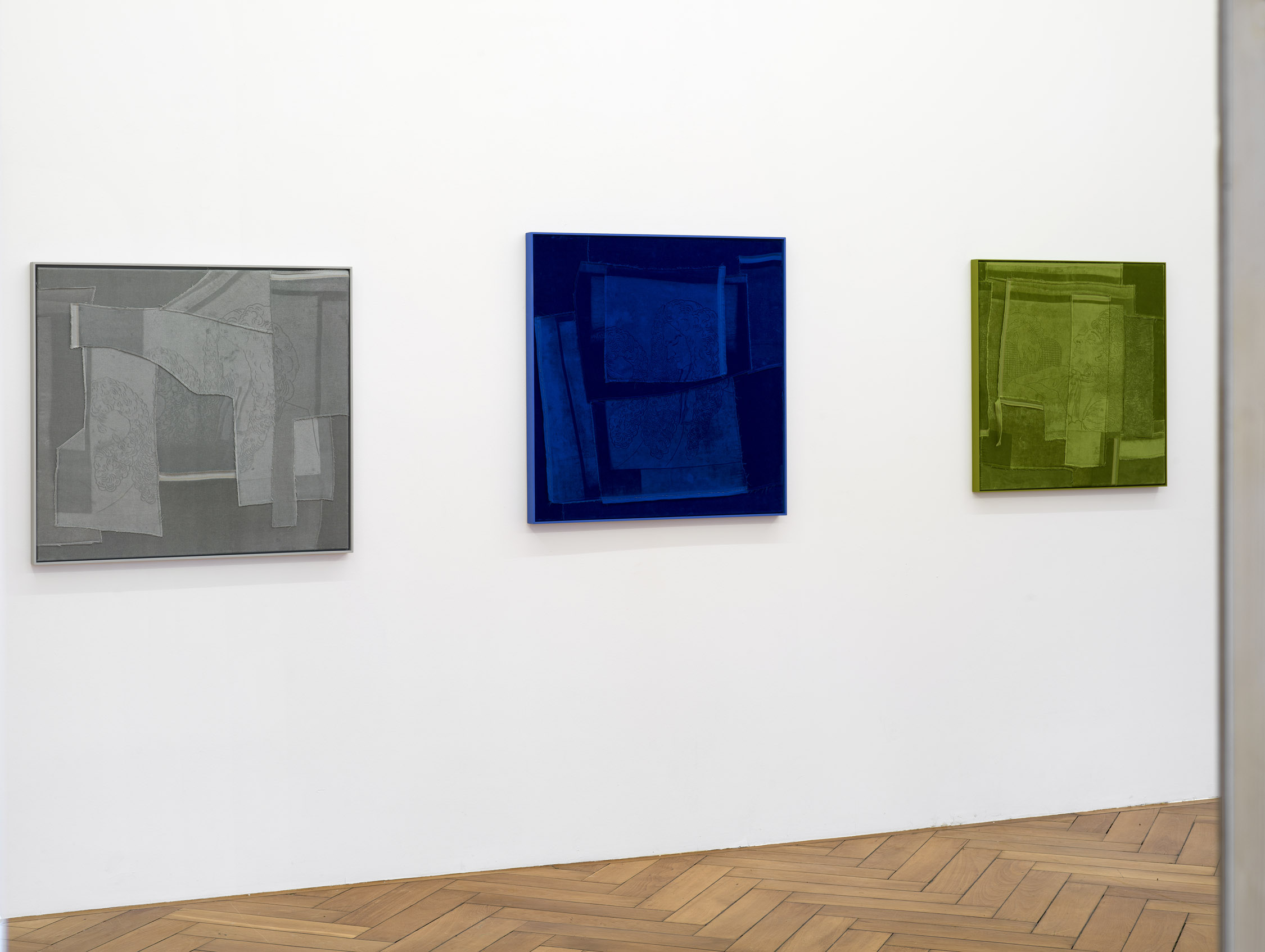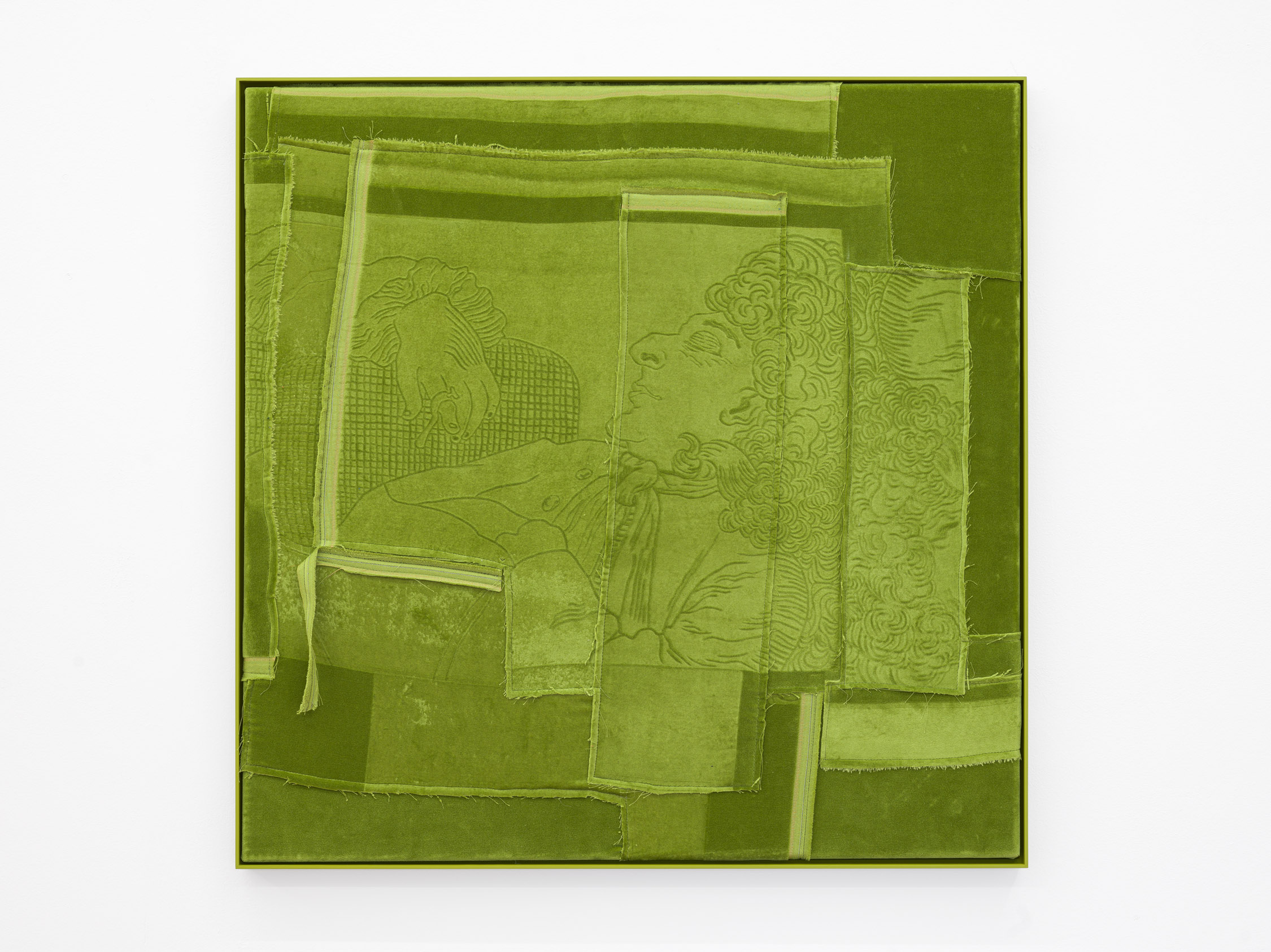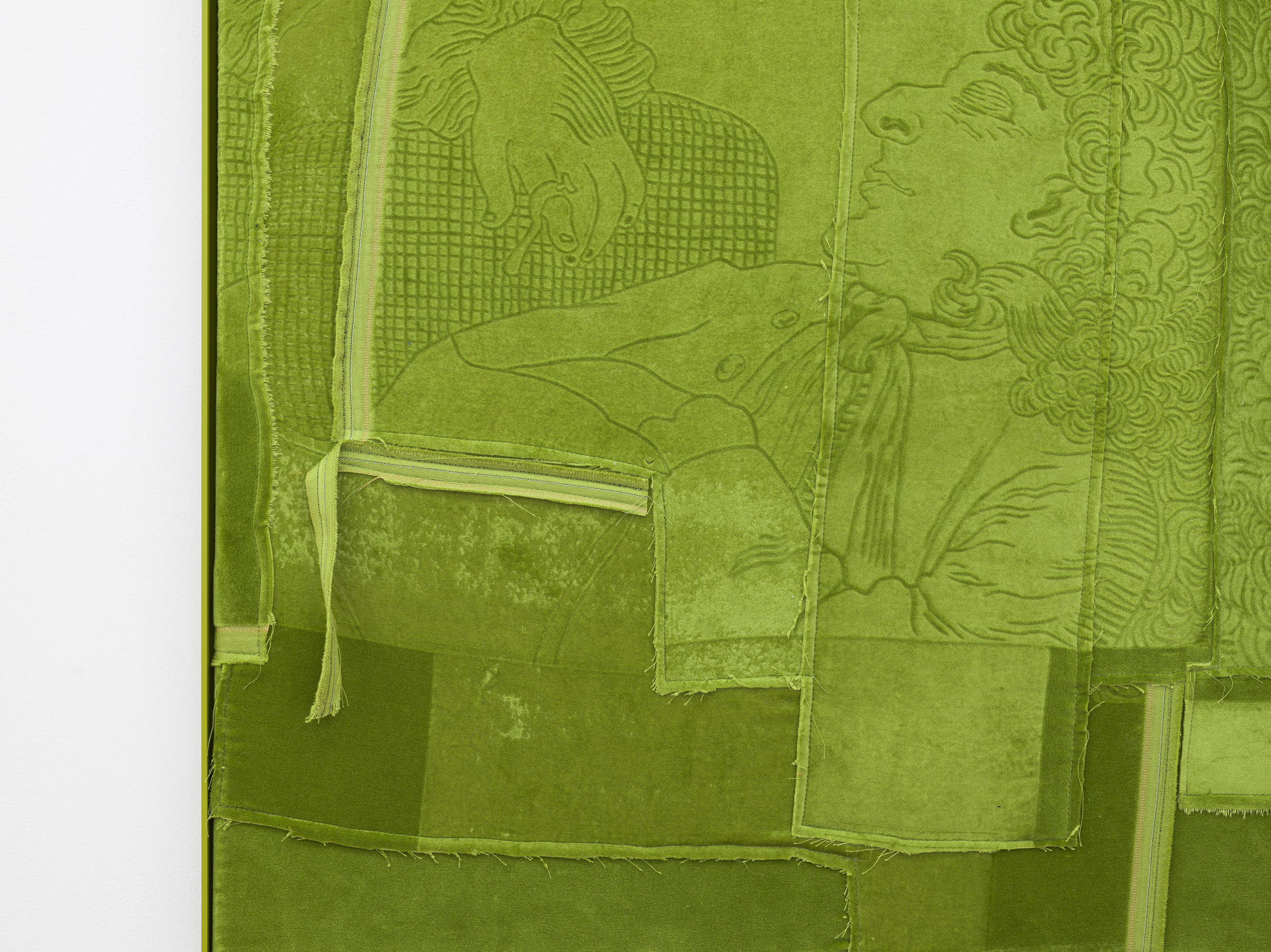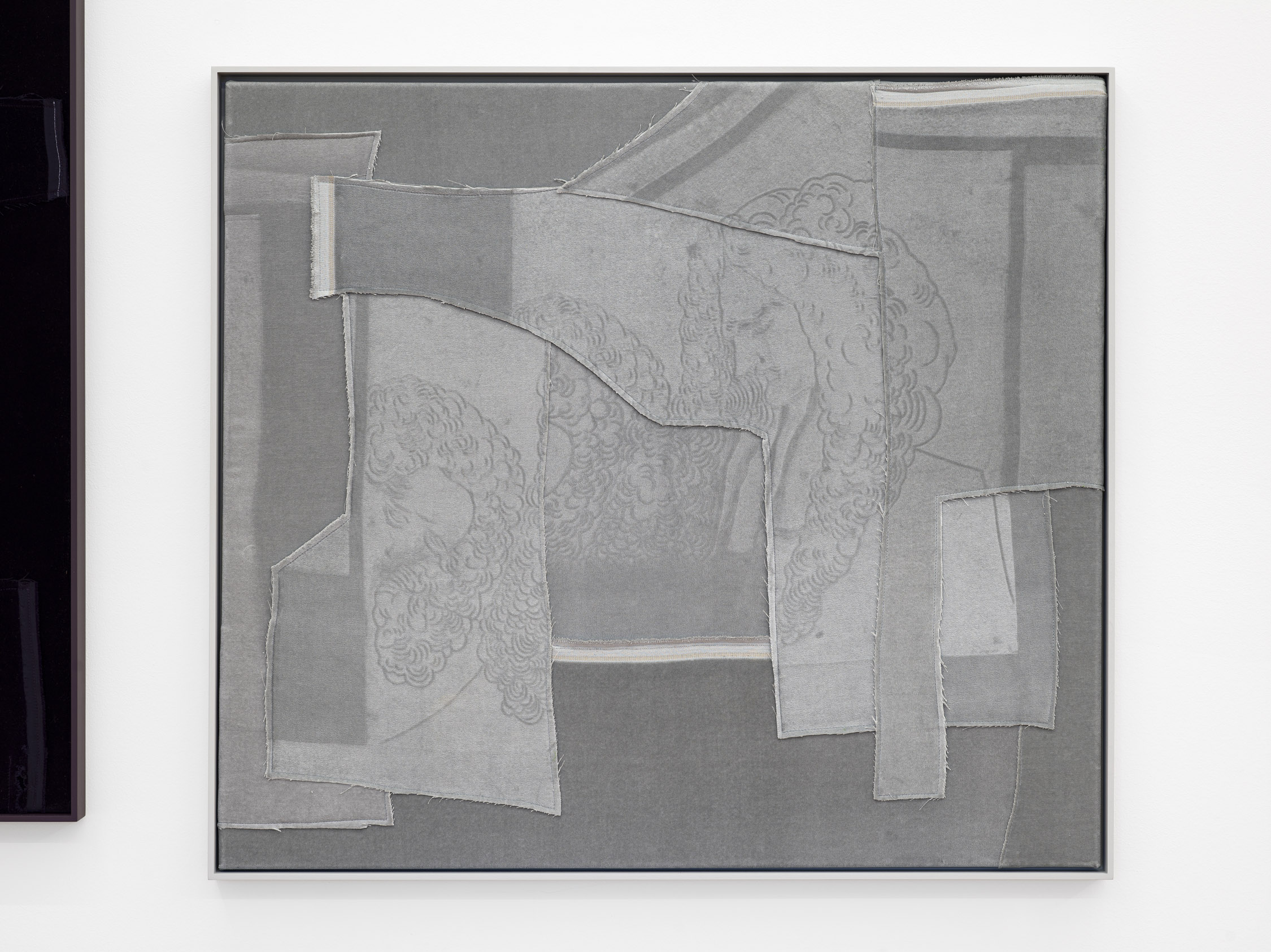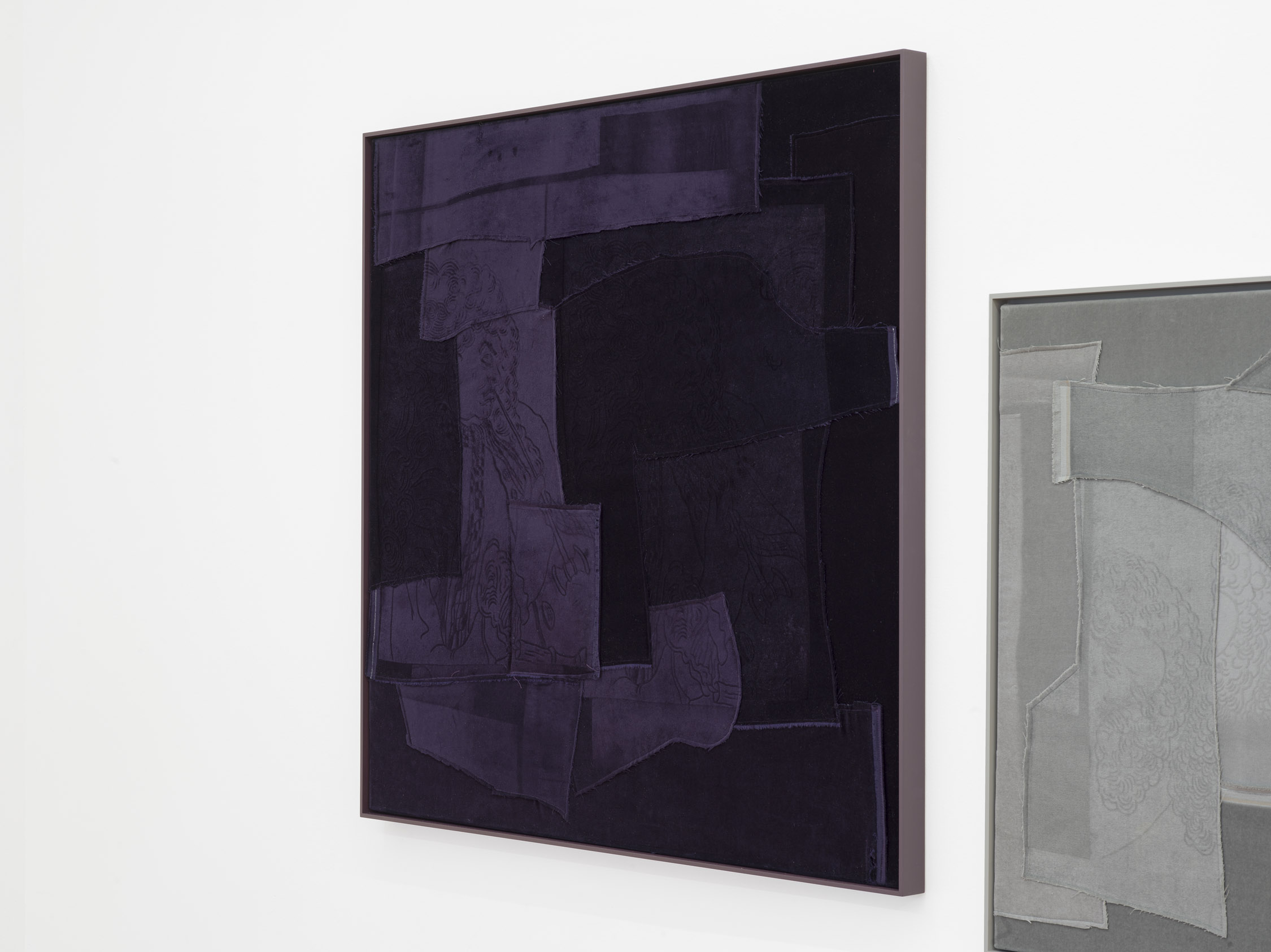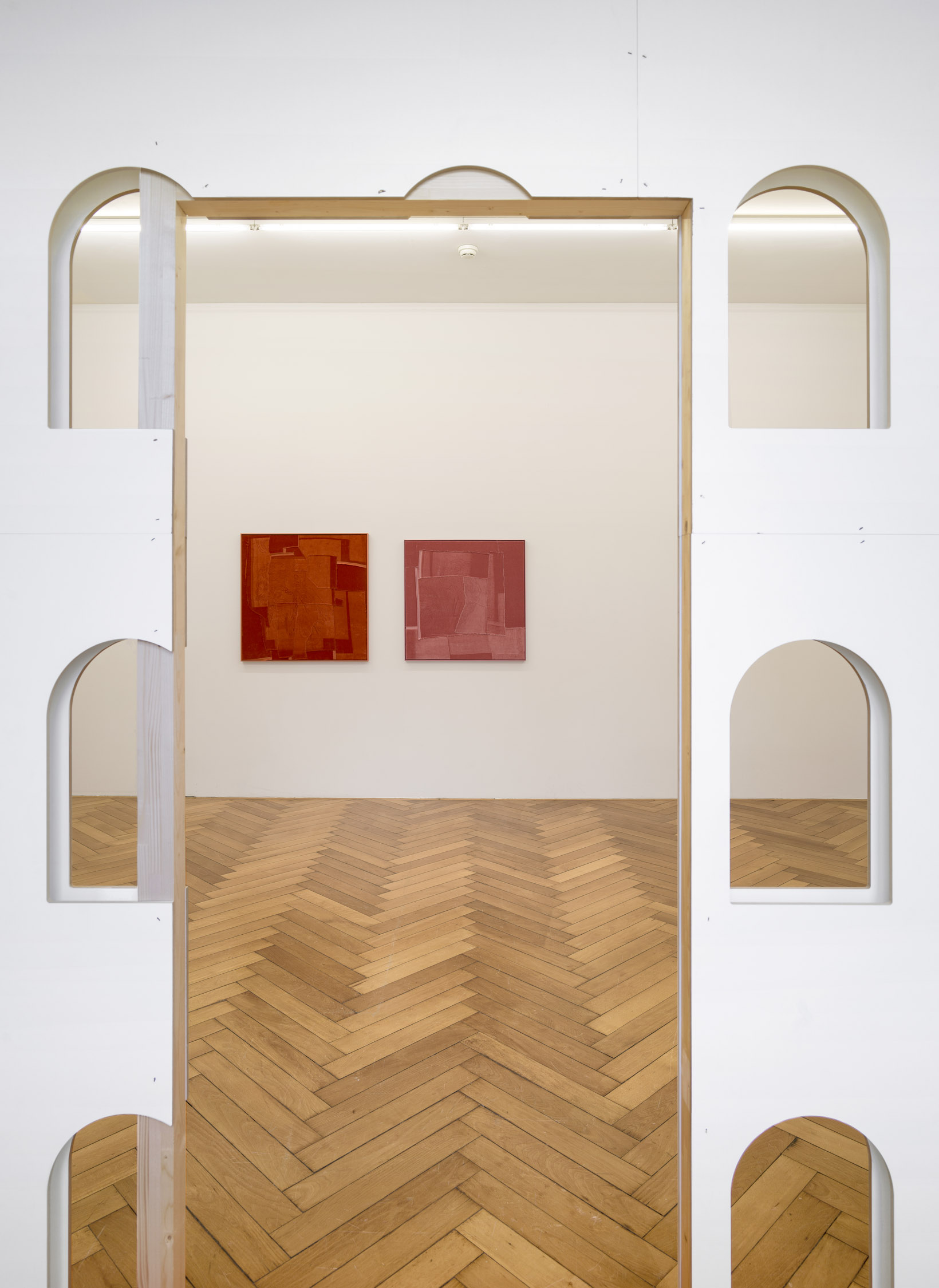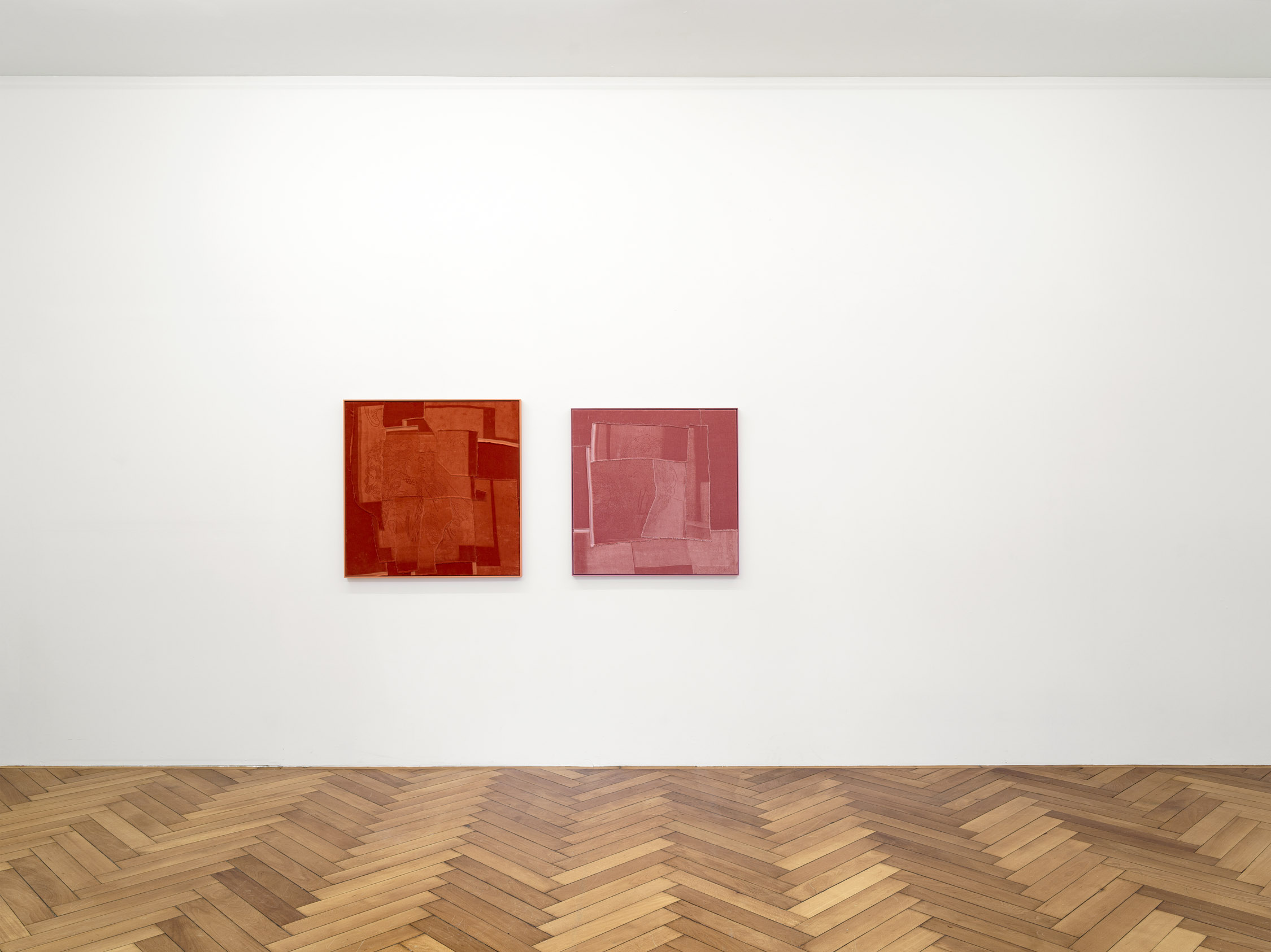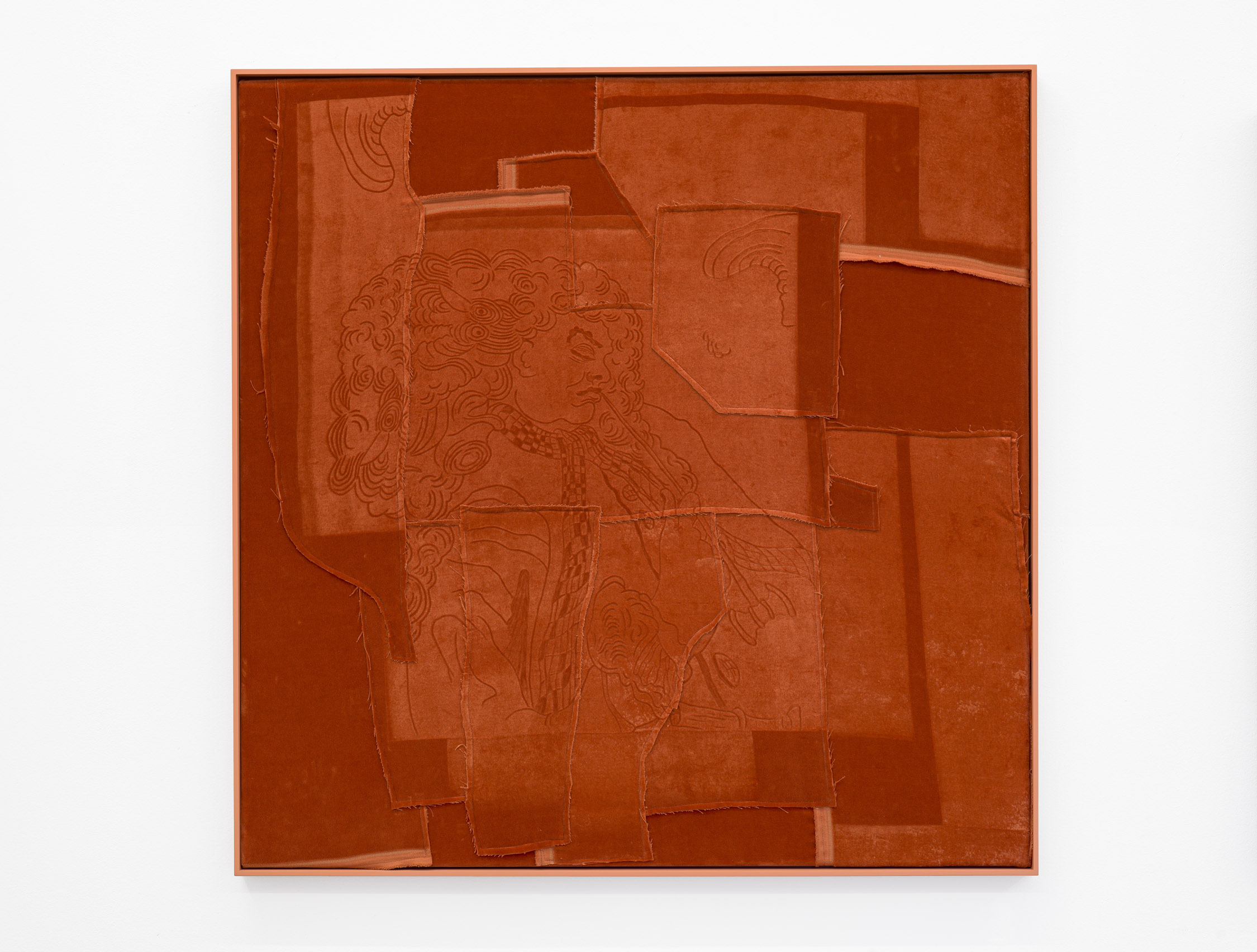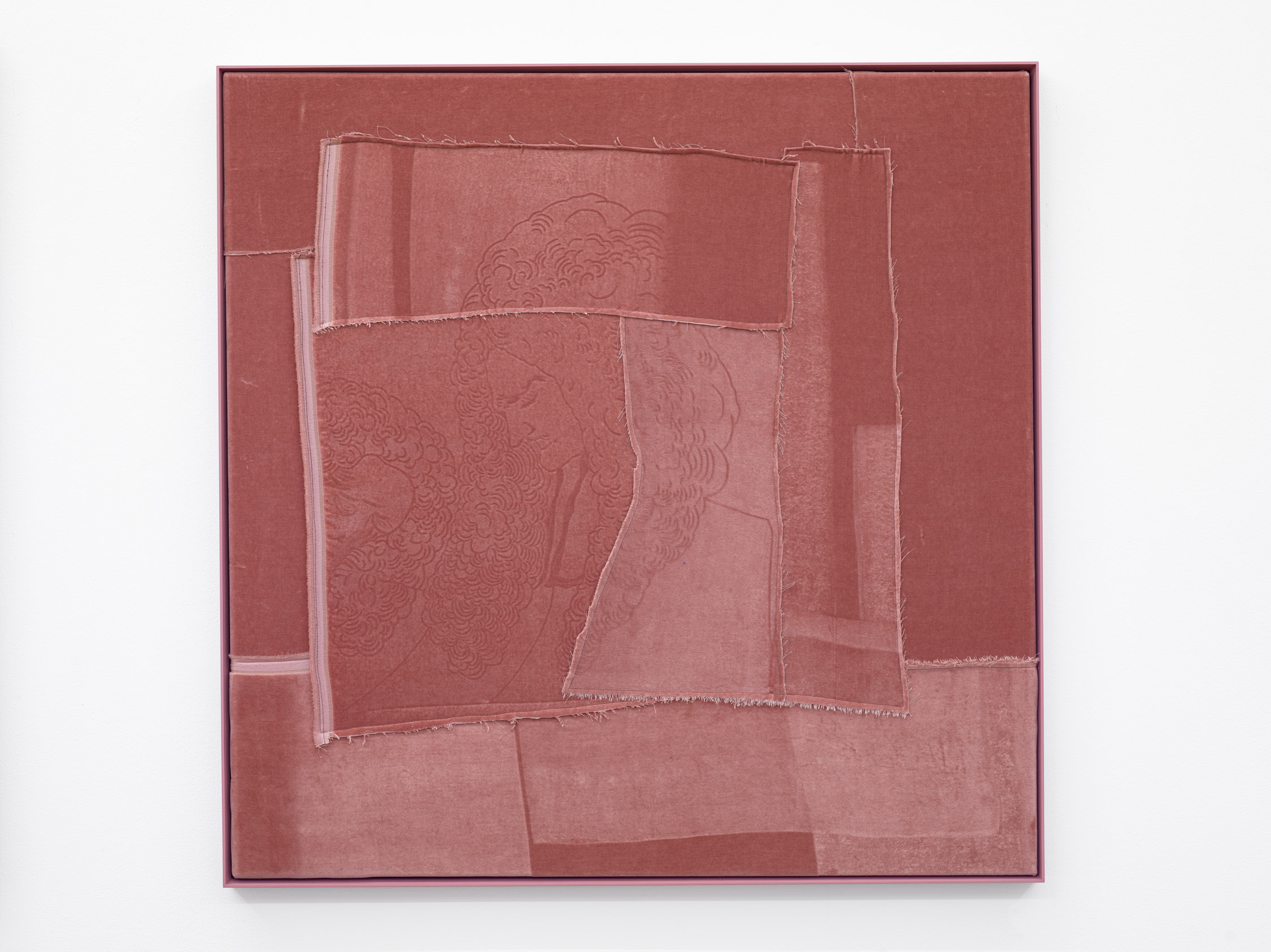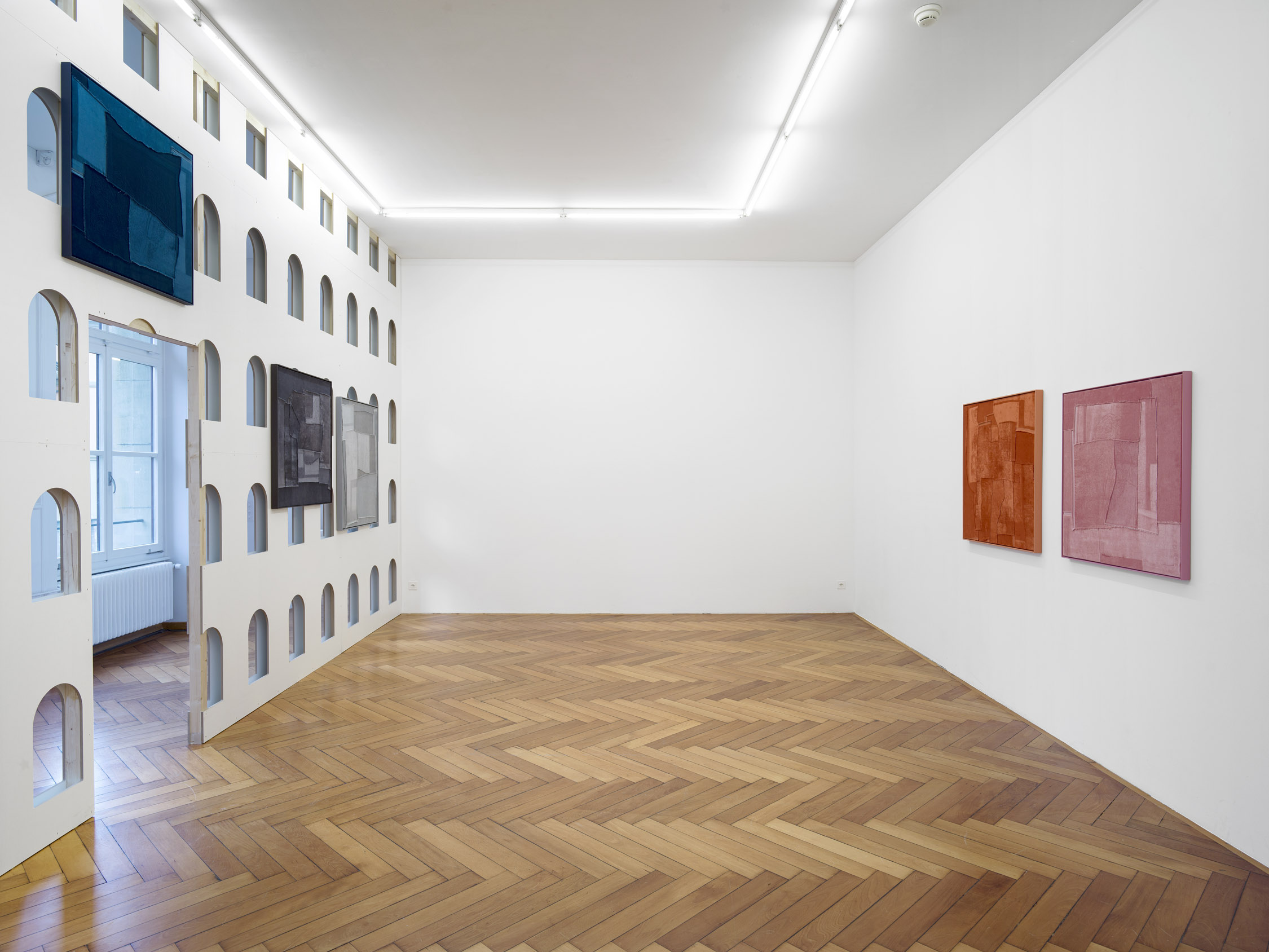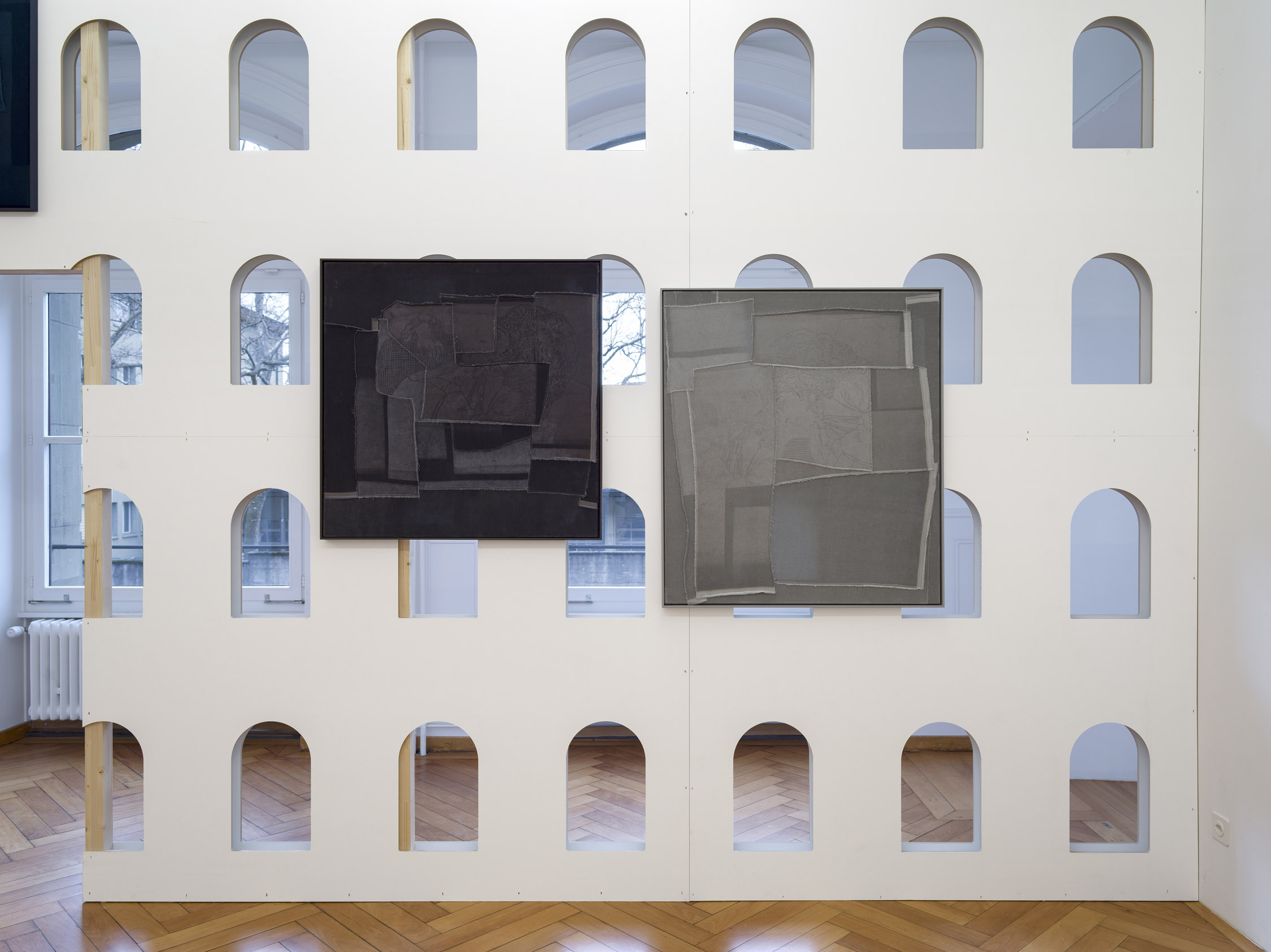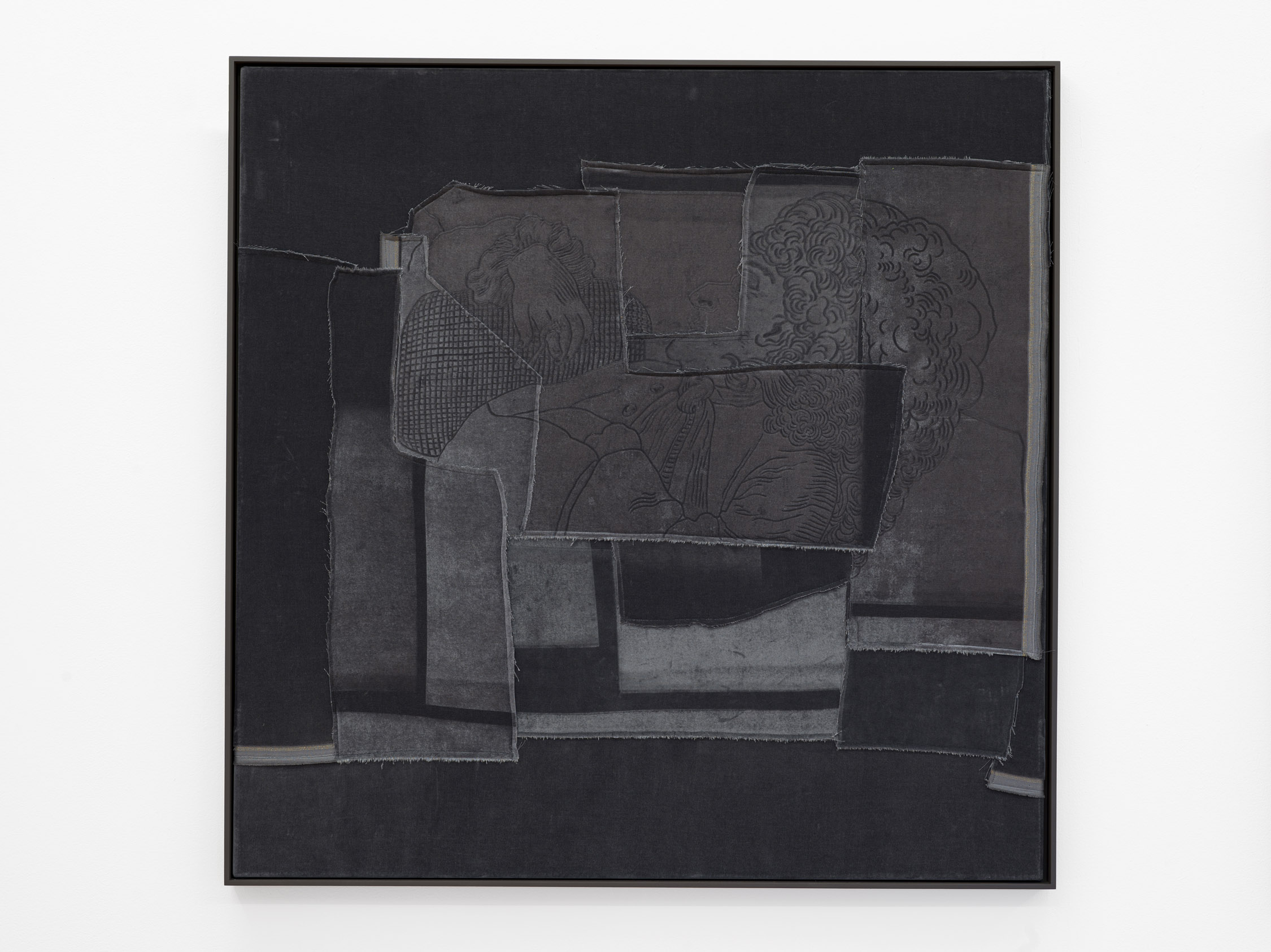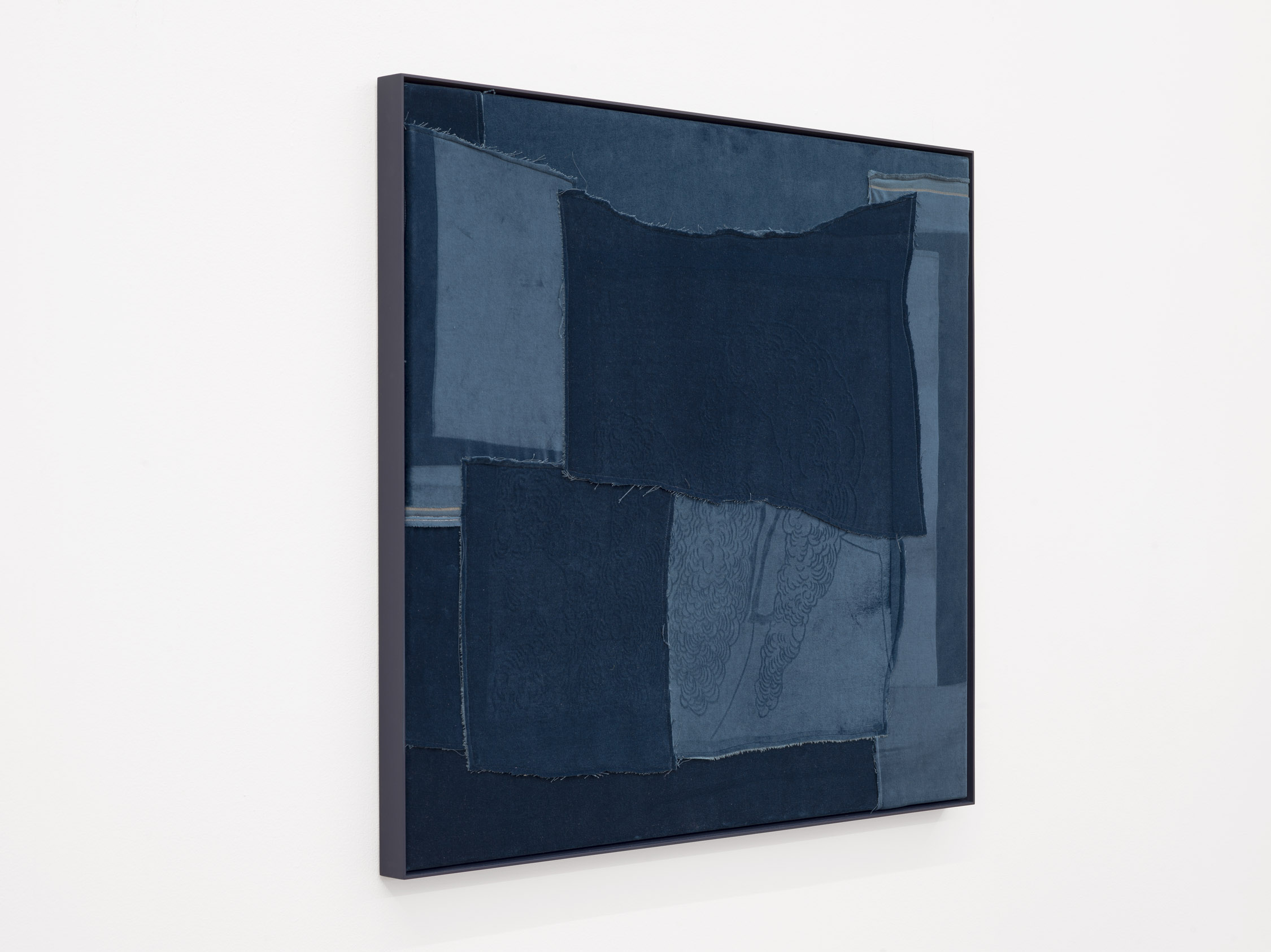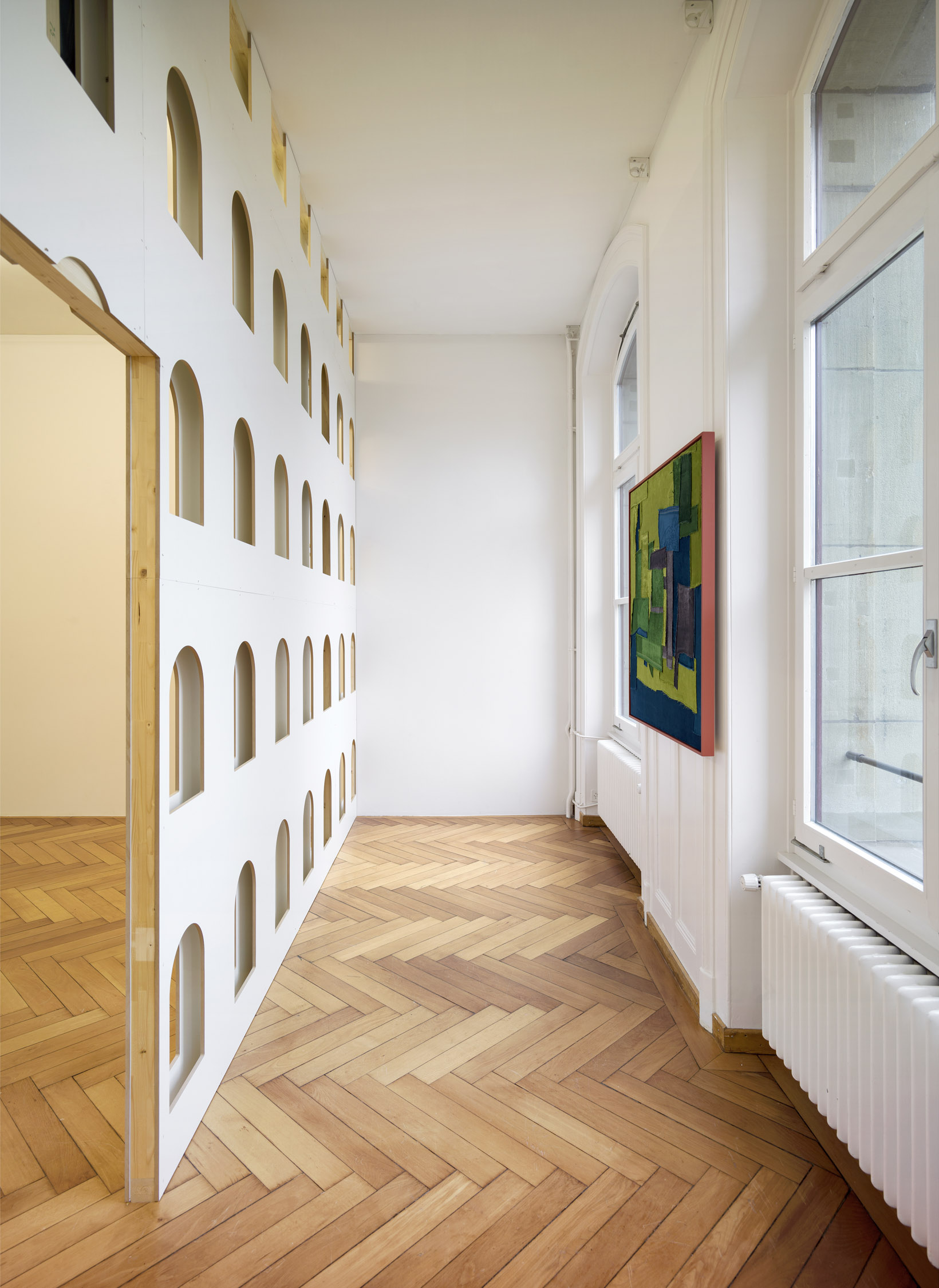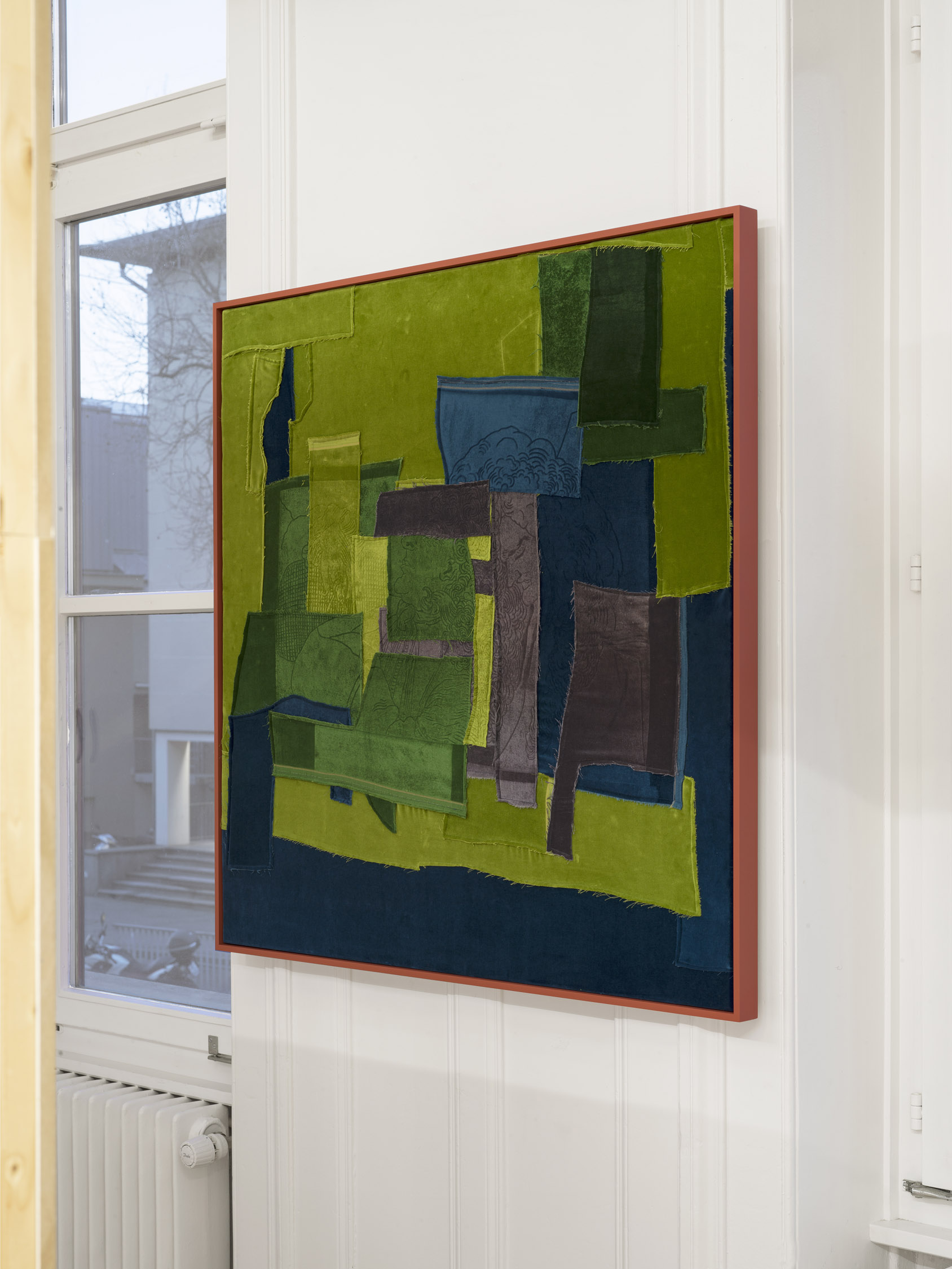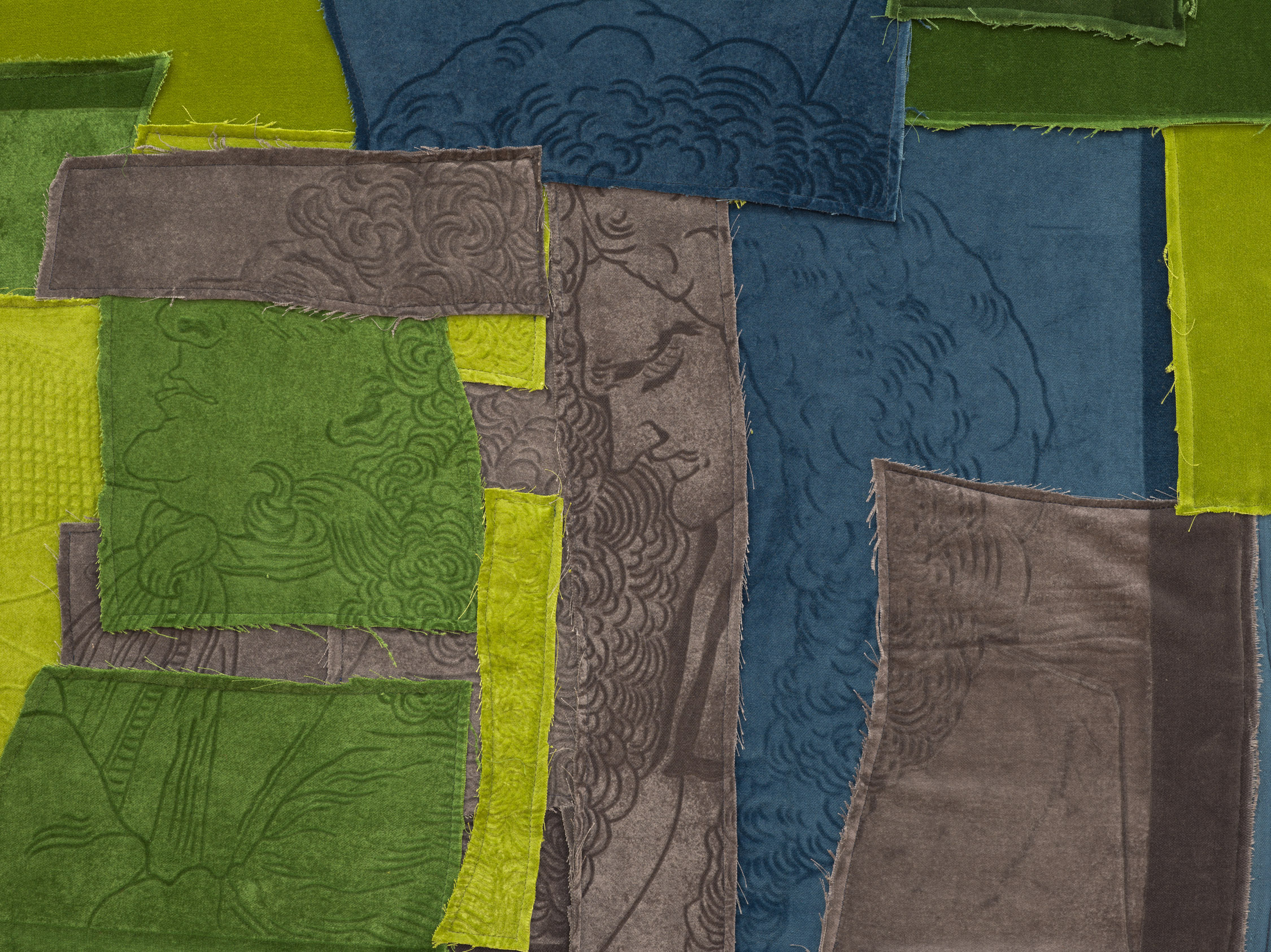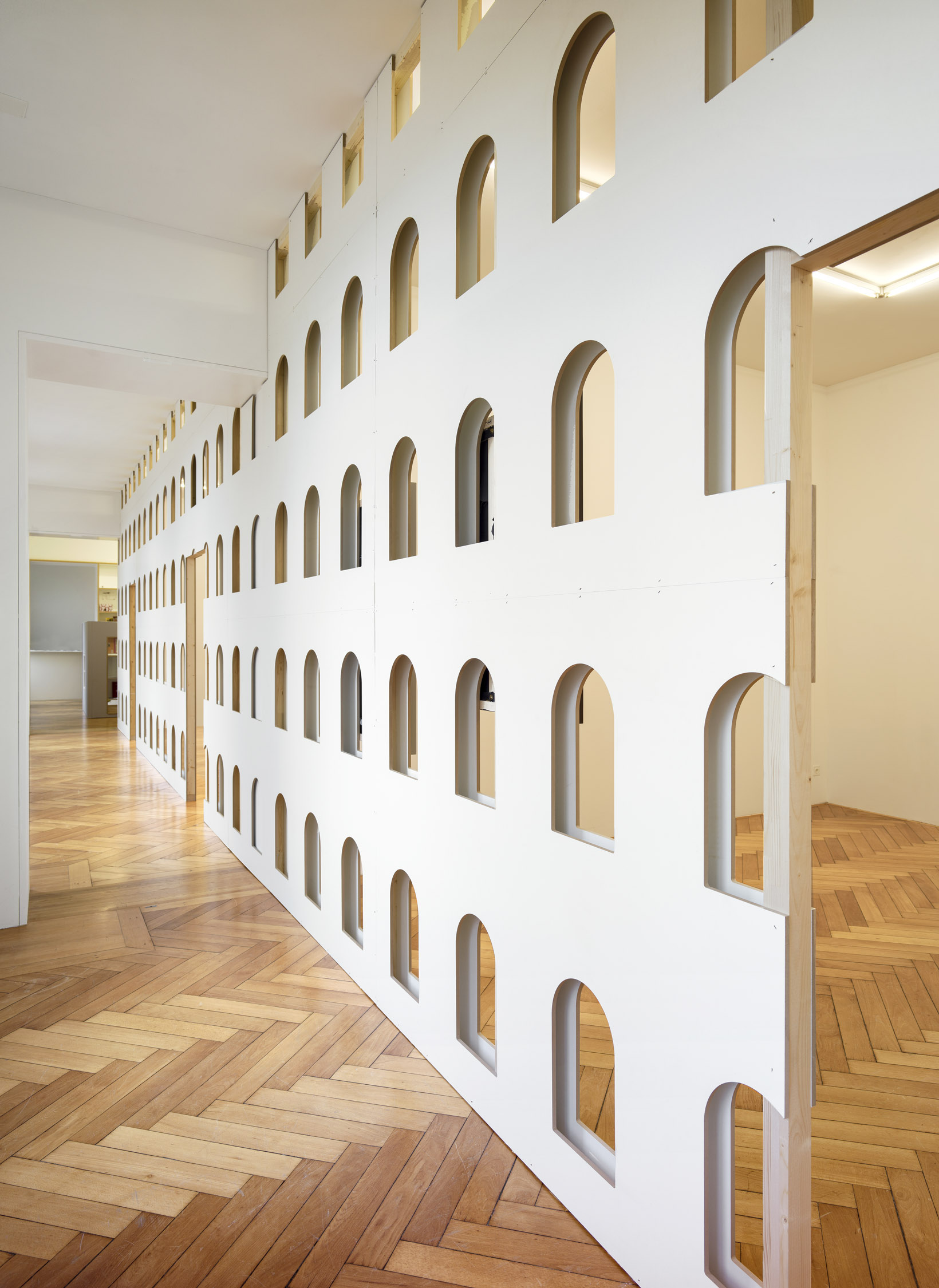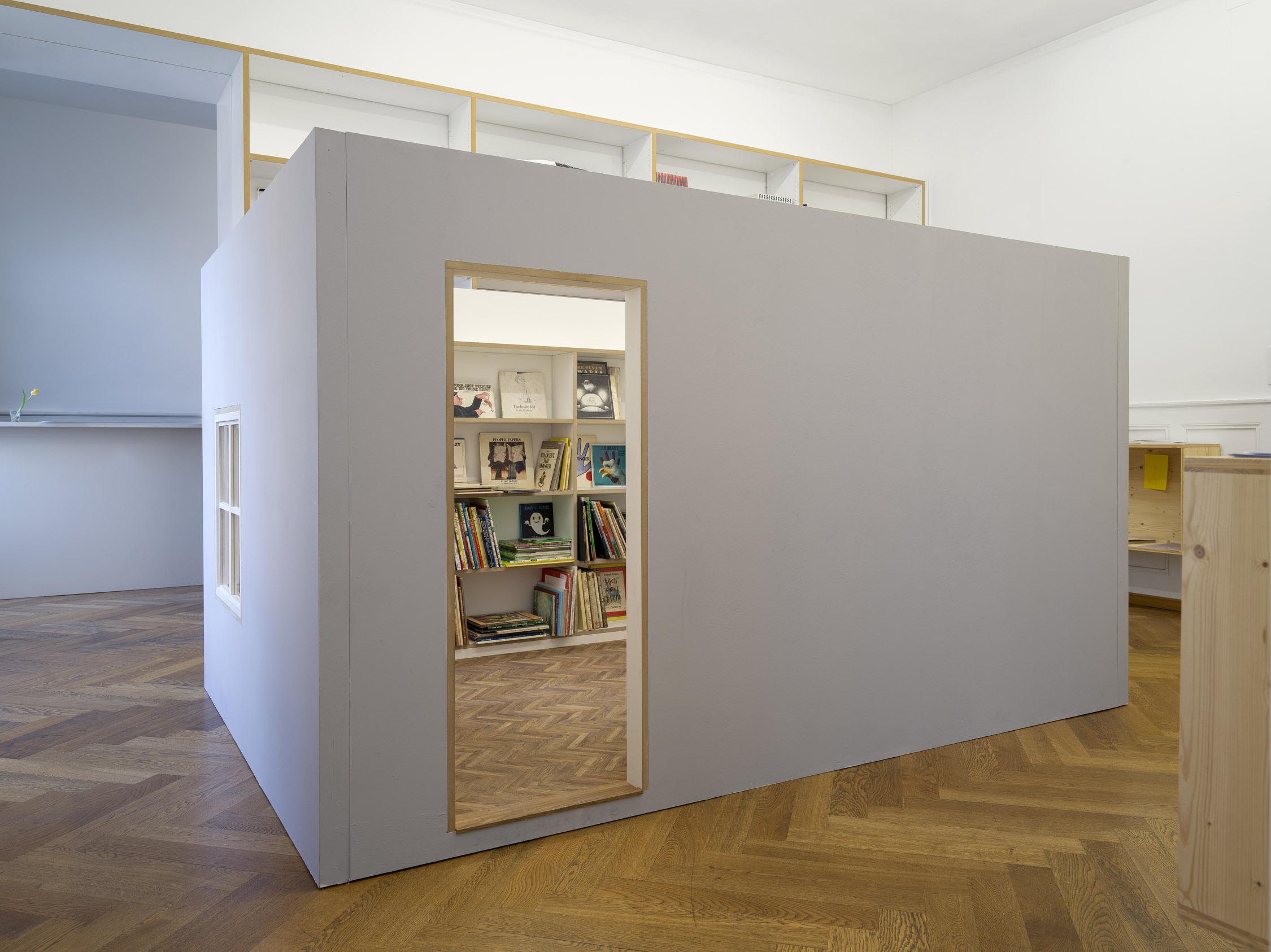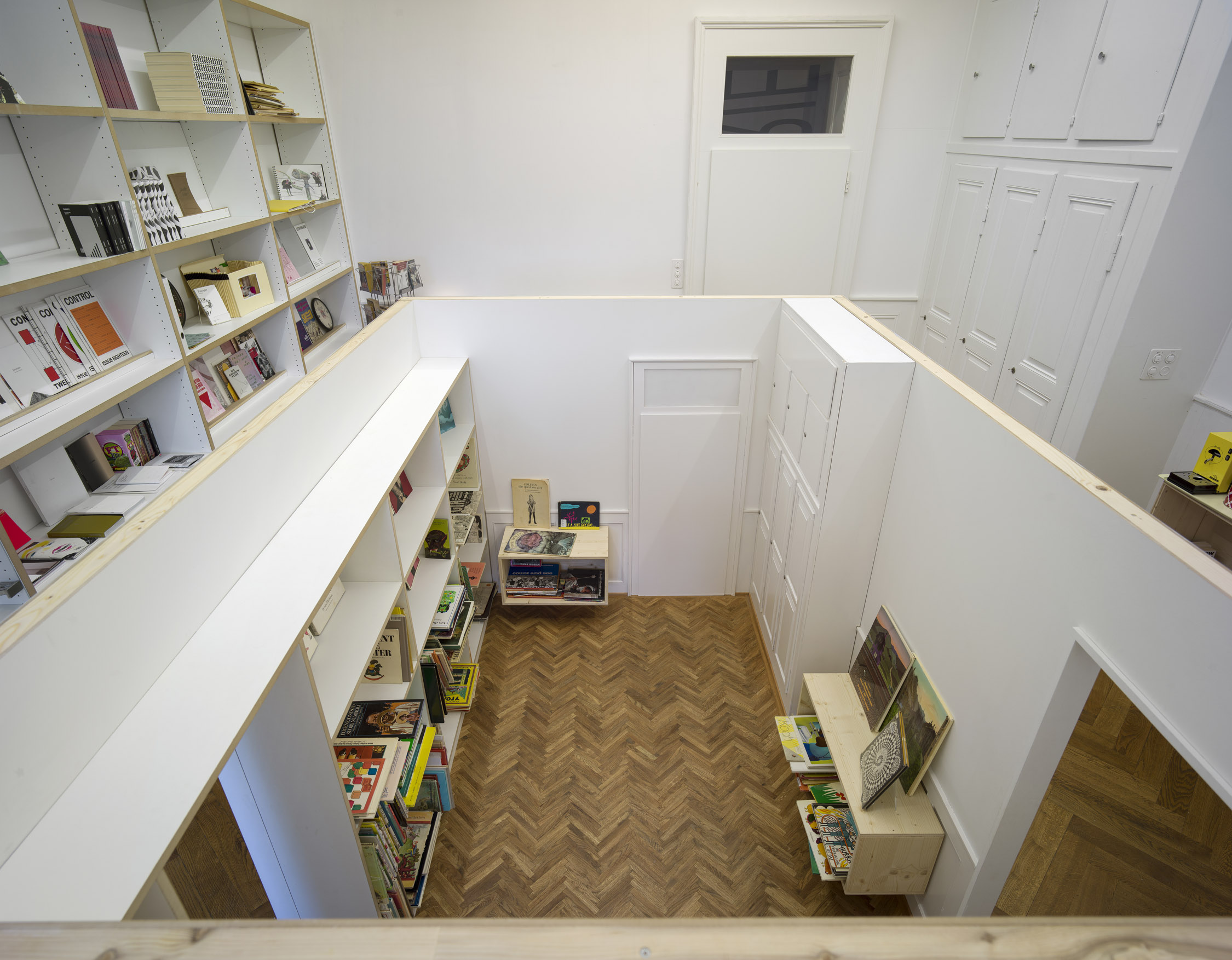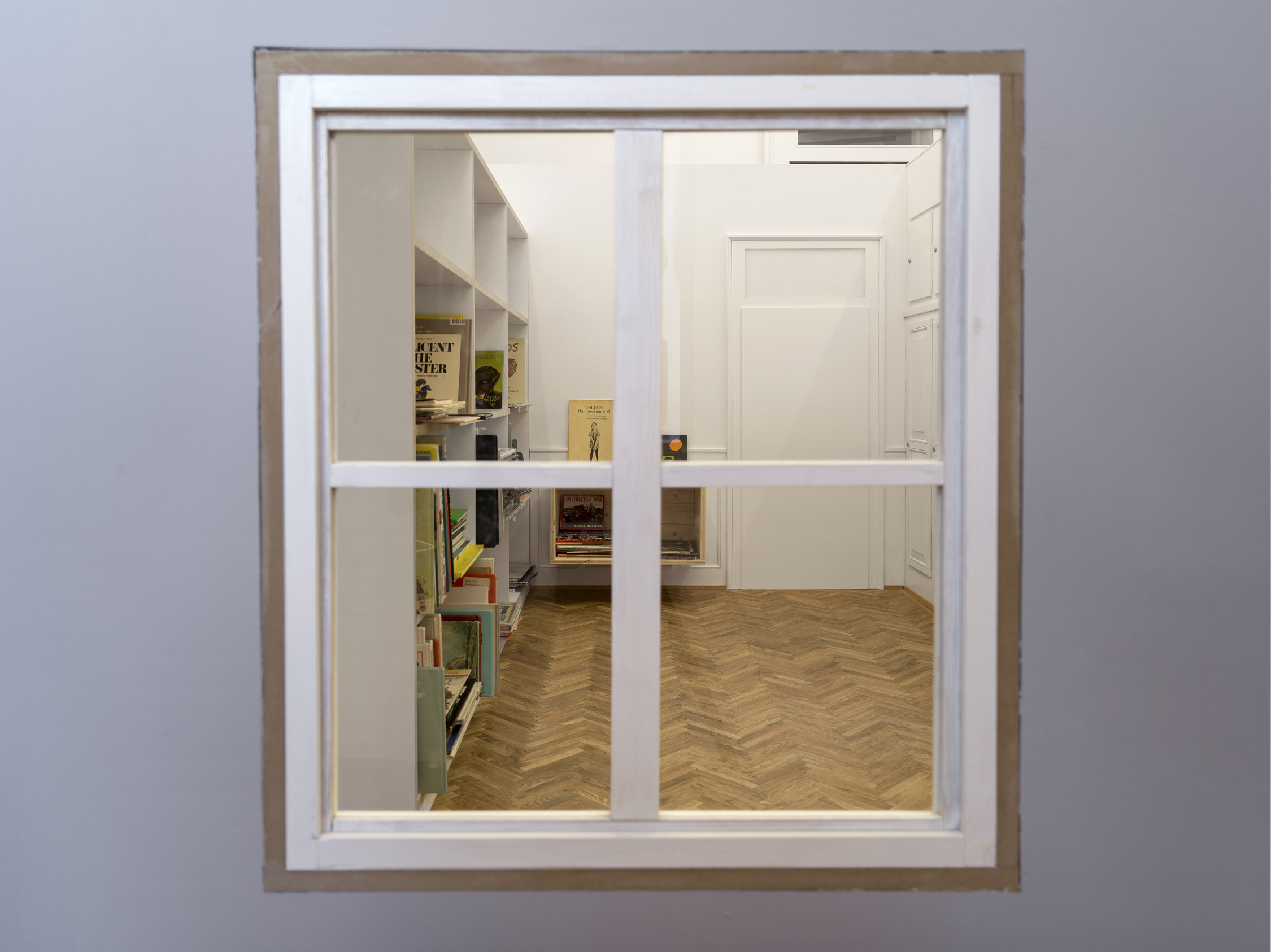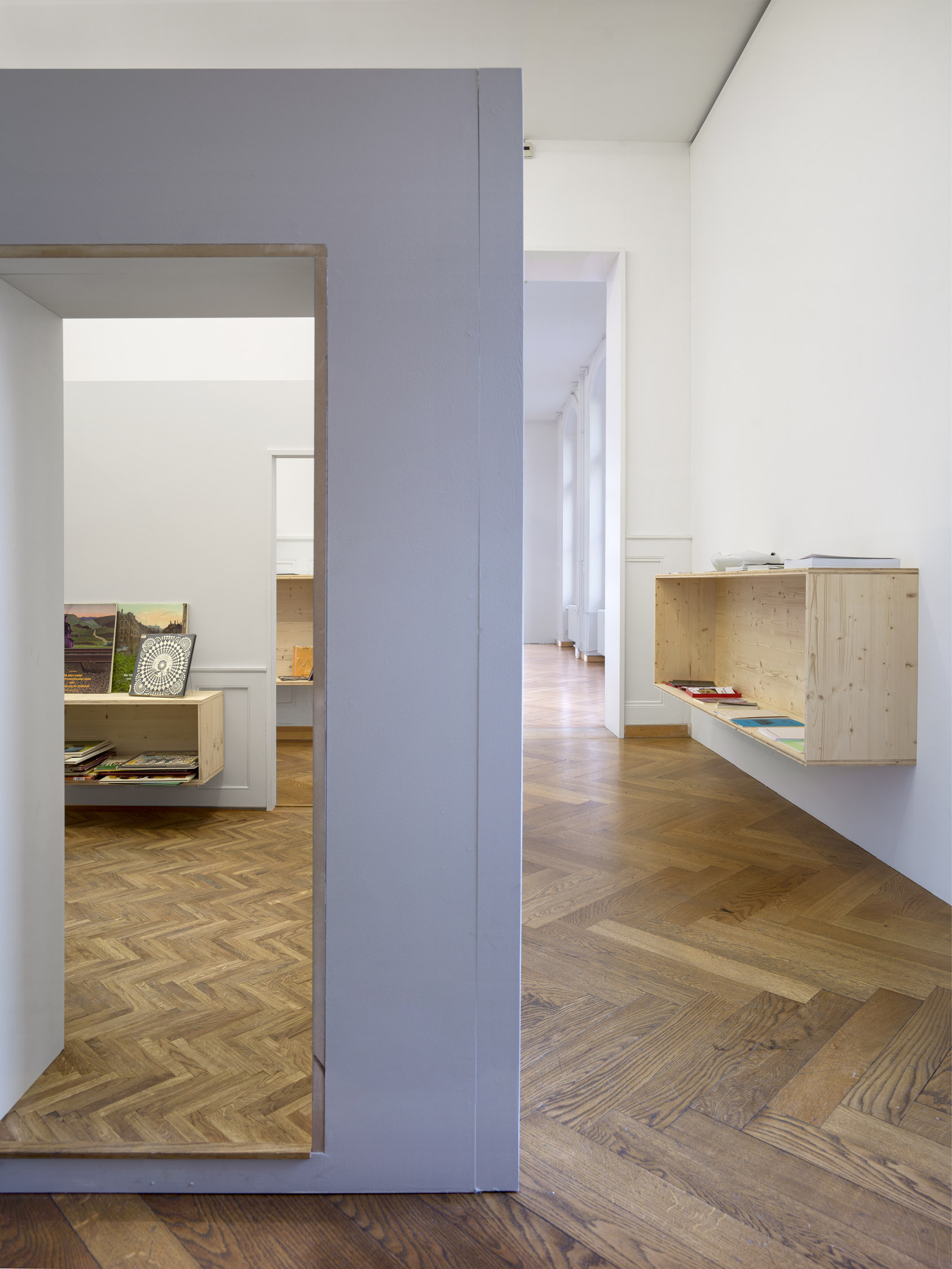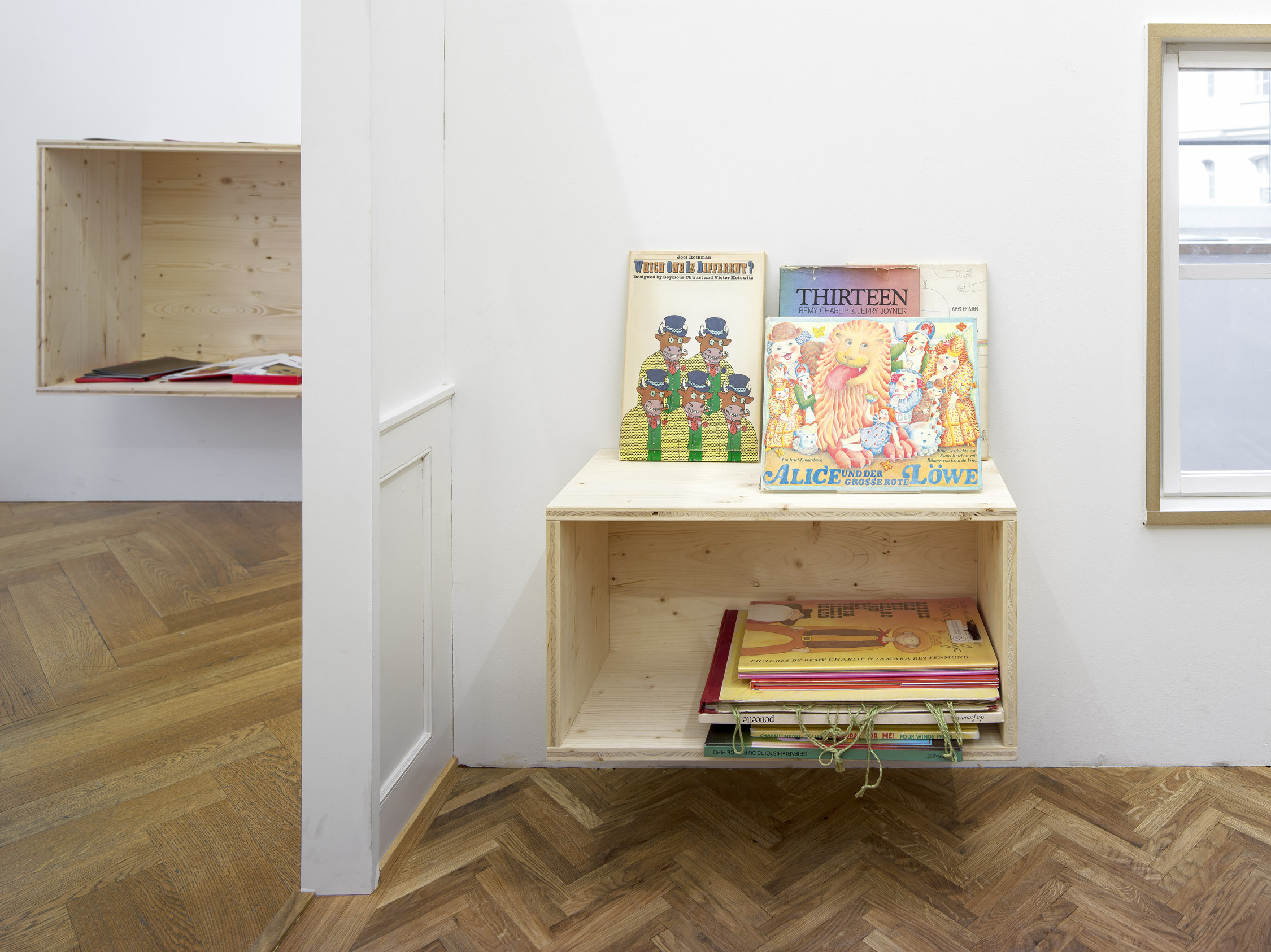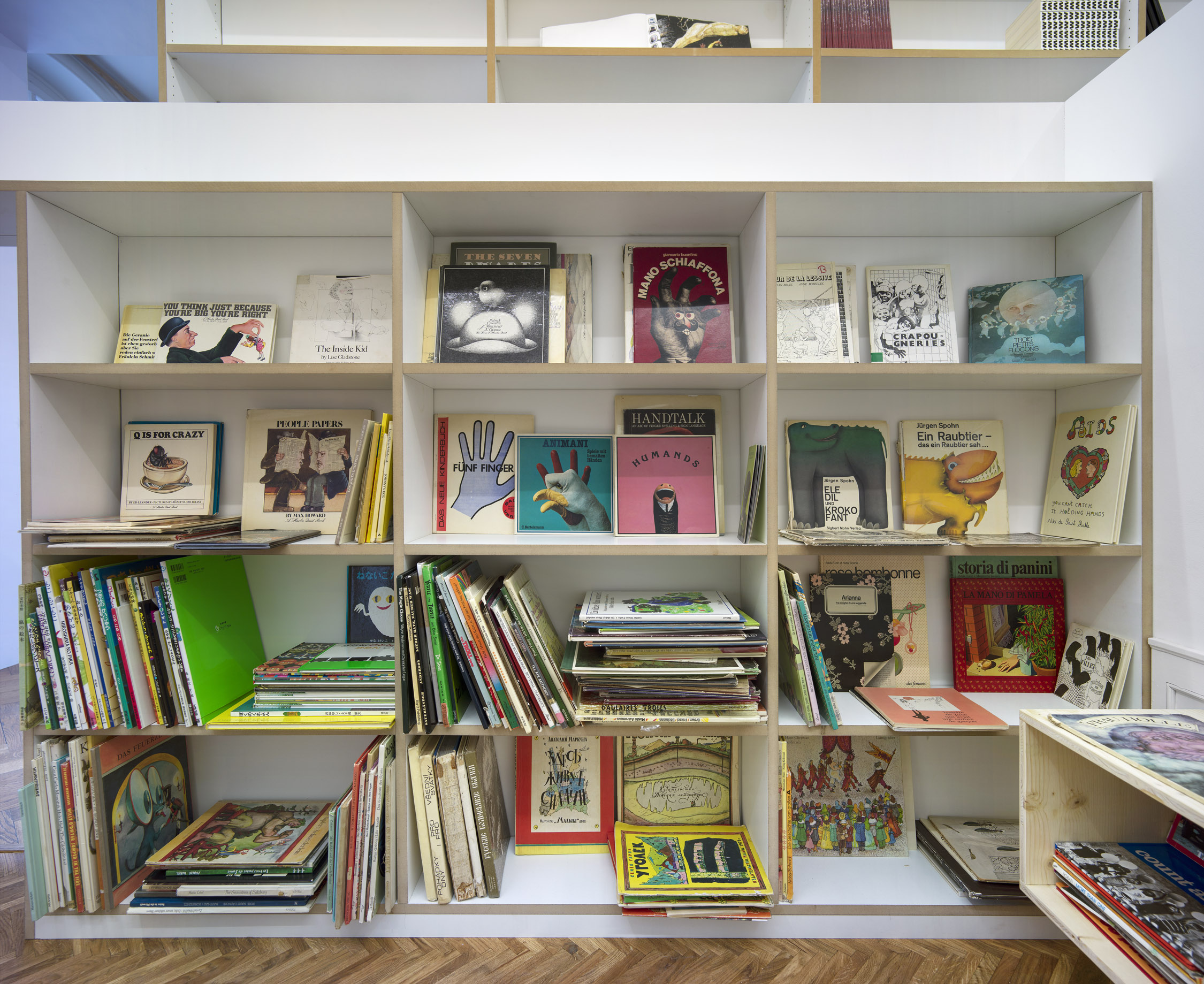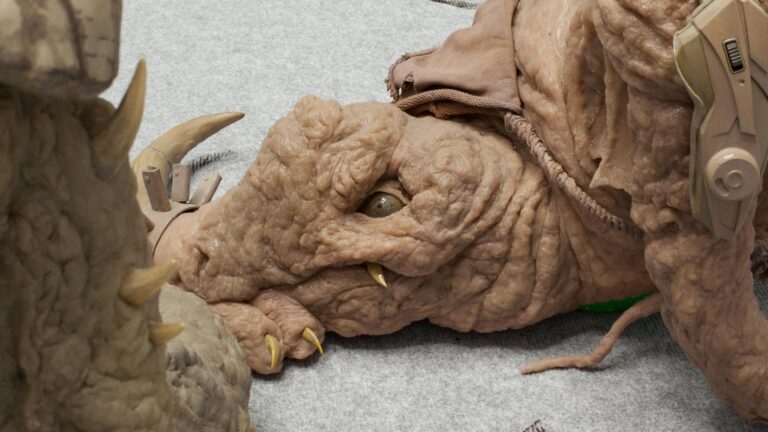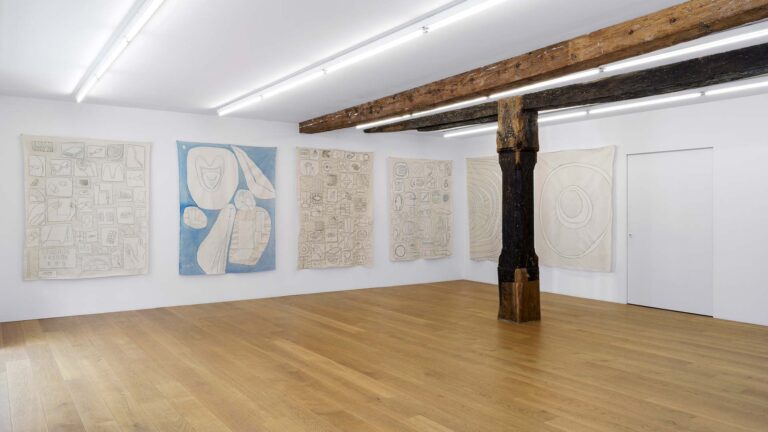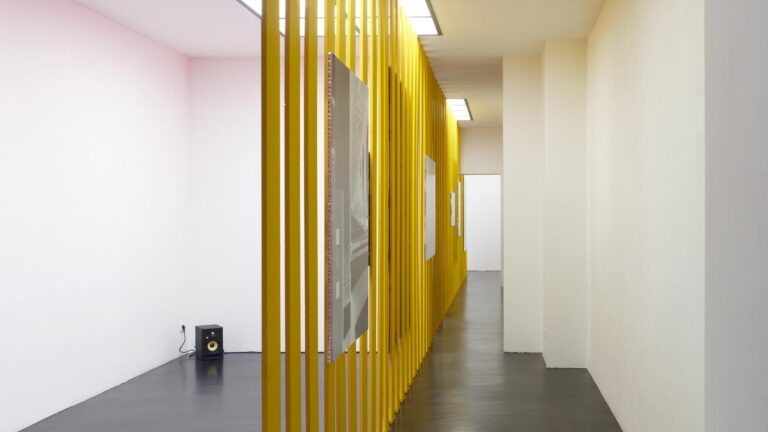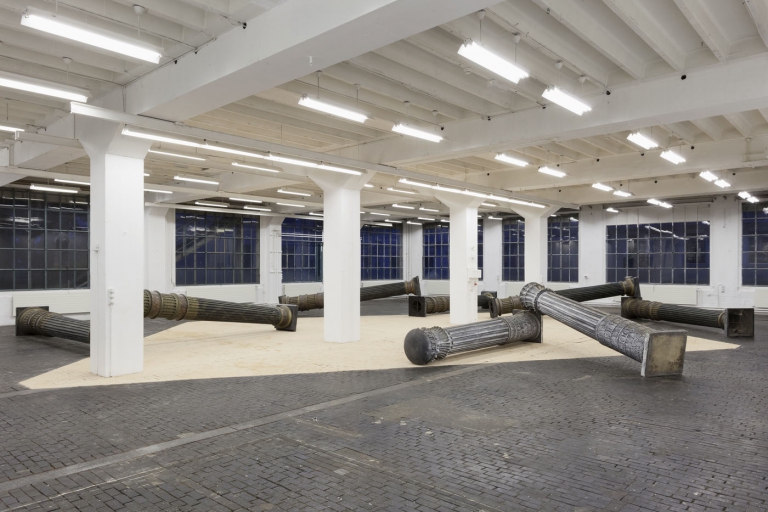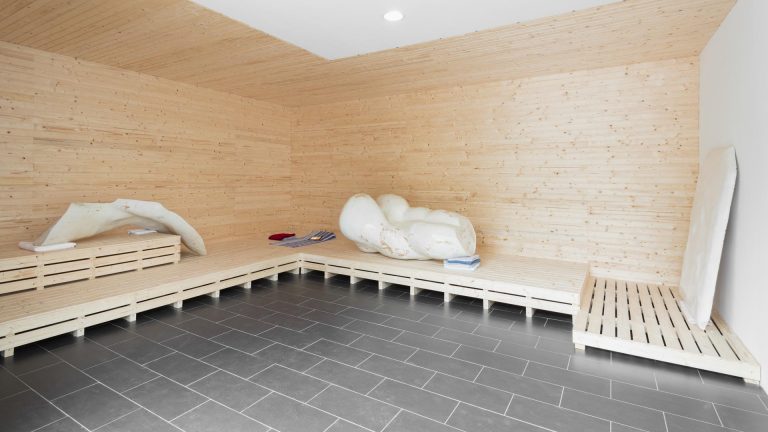Artist: Cédric Eisenring
Exhibition title: PUDER
Venue: Stadtgalerie Bern, Bern, Switzerland
Date: February 28 – March 30, 2024
Photography: Studio Mussano / all images copyright and courtesy of the artist and Stadtgalerie, Bern
Cédric Eisenring’s practice encompasses various media including photography, printing, and site-specific installation. But the printed image informs his entire work: its technologies and processes, its history, its potential for dissemination and, related to this, the minor and major social transformations it has given rise to. His interests lie in the relationship of the image to literary and narrative realms under the technological conditions of its mass reproduction. In the exhibition PUDER, he draws a link between the leaden and weighty nature of print and its importance to the history of ideas—the capacity of narrative to envision other realities.
Cédric Eisenring draws on methods found in the images and texts of children’s books: downscaling and upscaling, repetition, or nesting. Together with Carmen Tobler and Luca Beeler, he has been collecting children’s books from the 1970s and 80s for several years. These books introduced avant-garde graphic design, art, and literature into children’s rooms. Publishing and printing were once again put to use for social change, promoted by the parents of an aspiring middle class and—it was hoped—embraced by their children. These were the books of a post-war generation that had experienced renewal through the very power of demographics. They exemplify a belief in education and socialization as the key to social change. The outcome was challenging books, elaborate prints, and an openness to experimentation previously unseen in children’s books.
His collection of books opens the exhibition in the first room: embedded within the Stadtgalerie’s existing library, featuring a selection of artists’ publications, is another room—a library within the library. It is a scaled-down version of the same space, a game of relations found in children’s books—where psychedelic fever dreams are mixed with intertextuality and the possibilities of repetition in print.
What meaning is produced when children’s books are inserted into an institutional and museum context? Cédric Eisenring, Carmen Tobler, and Luca Beeler have attended to this question as part of the exhibitions they have realized with their collection. At the Stadtgalerie, Cédric Eisenring takes this question to an architectural extreme. Shrinking an institution, a house, or a villa down to child size is both a temporal and an architectural projection—an uneasy insistence on continuity. Nevertheless, the possibility of a certain autonomy is offered: these are spaces that most adults with their anthropometric reference bodies can only enter while crouching. In PUDER, scales and spatial relationships must be constantly renegotiated. A wall perforated by openings arranged in a grid—like an upscaled cheese grater, or a scaled-down palazzo—stretches the length of the Stadtgalerie’s succession of rooms, forming a long corridor. The resulting spaces host a kind of picture gallery of images created from materials ranging from stately velvet to children’s pants with patches.
The prints shown in PUDER were created without ink. Under load, the printing plates press into the fibers of the voluminous, noise-absorbing velvet. Where the plate rests on the fabric, the fibers are flattened and remain in the recesses of the woodcut. This embossing produces a drawing that is crisper in some places and less distinct in others and changes depending on the incidence of light. The figures depicted in the images, fragmented by patches, are asleep. Their powerful representation now becomes a baroque backdrop and their curly wigs a graphic ornament. The slumbering figures in velvet echo the political caricatures of the eighteenth century and their criticism of the aristocracy by an emergent bourgeoisie. Like Guliver’s Travels, the slumbering authorities have found their way into children’s books and now appear in the artist’s prints as psychedelic carpet projections. In his practice, Cédric Eisenring is interested in the transfer of one medium into another. He combines disparate techniques and motifs. In earlier works, for example, he created drypoint etchings of motifs seemingly originating from the history of printing using industrial discards as plates. The actual industrial product is imprinted on the paper as a blank space. His works evoke a collective memory while simultaneously suggesting continual disappearance and overwriting. In terms of time, they point in all directions. The past permeates like a ghost.
In PUDER, the architectural quality of the velvet walls of a picture gallery is transferred onto the pictures themselves. These take on tactile, bodily, almost domestic qualities—akin to something between fashion and furniture. In the work Grater (2024), the technique of industrial metal punching is applied to architectural space. The perforation creates blank spaces that function as windows in the room. The entire exhibition is concentrated upon the longitudinal walls of the Stadtgalerie, turning these parallel enclosures into spatial printing plates. In PUDER, Cédric Eisenring plays with a material literality of Druck [pressure, print] and Prägung [embossing, education]. His picture gallery oscillates between seemingly contradictory notions—between repetition, continuity and rupture, the domestic and the public, critical awareness and unwitting appropriation.
